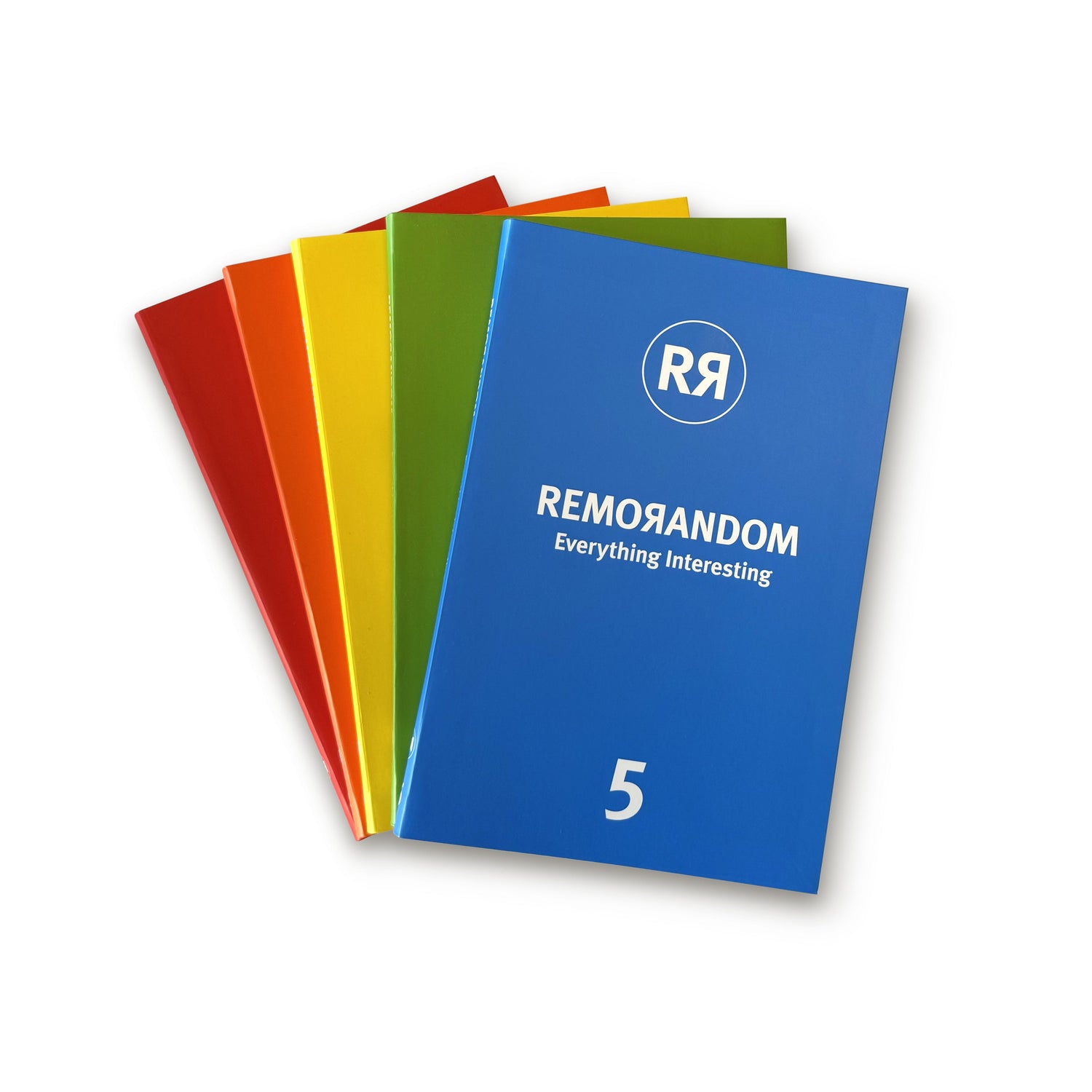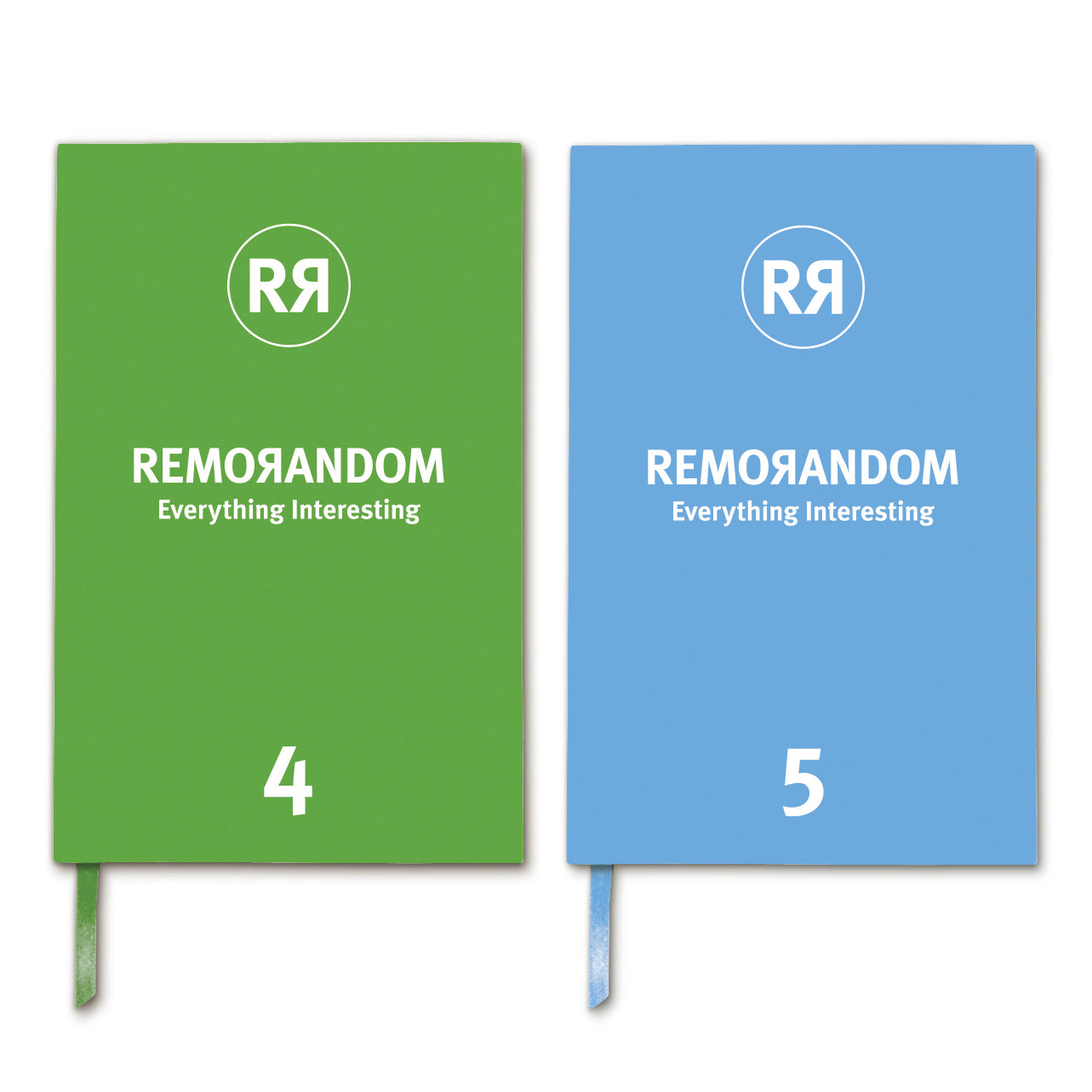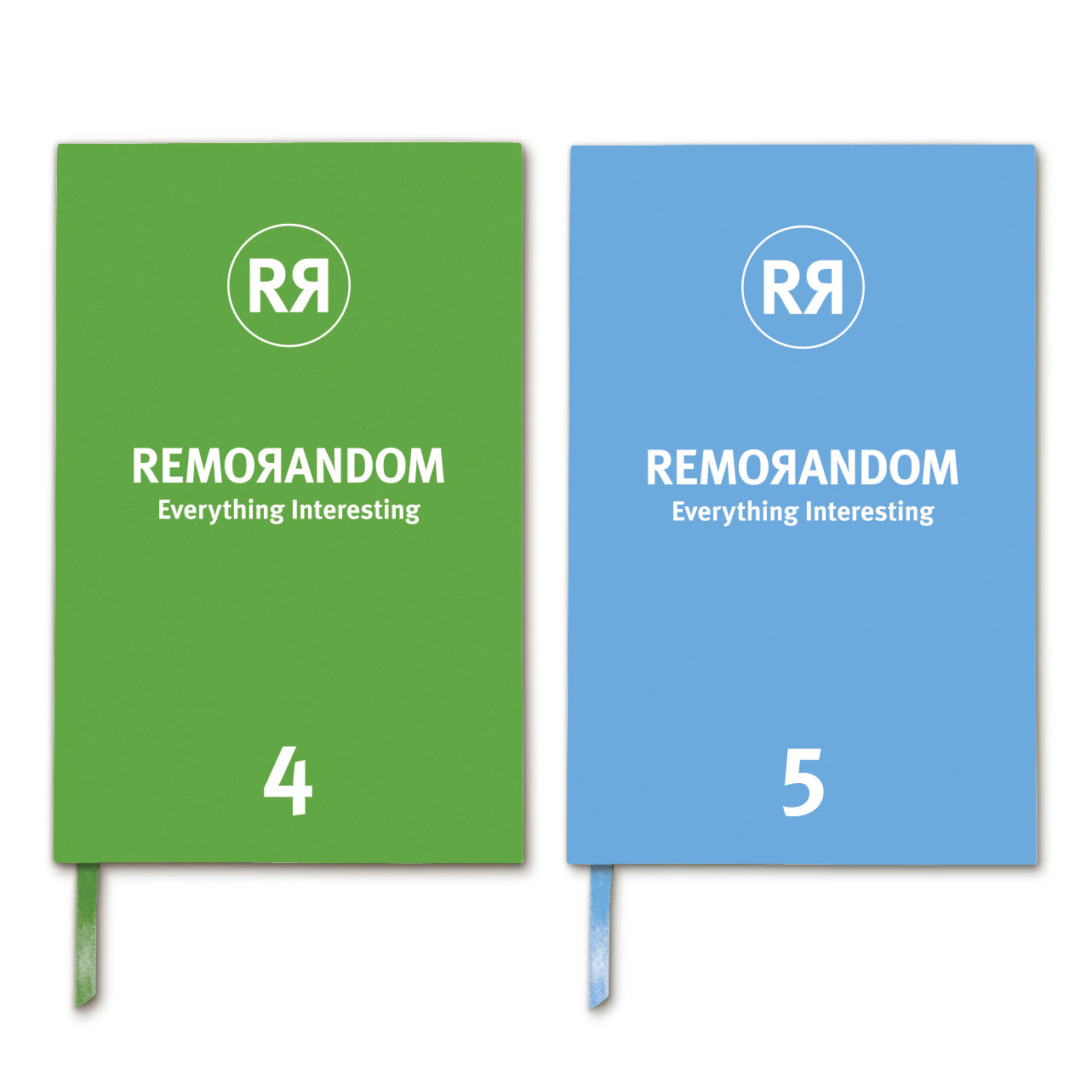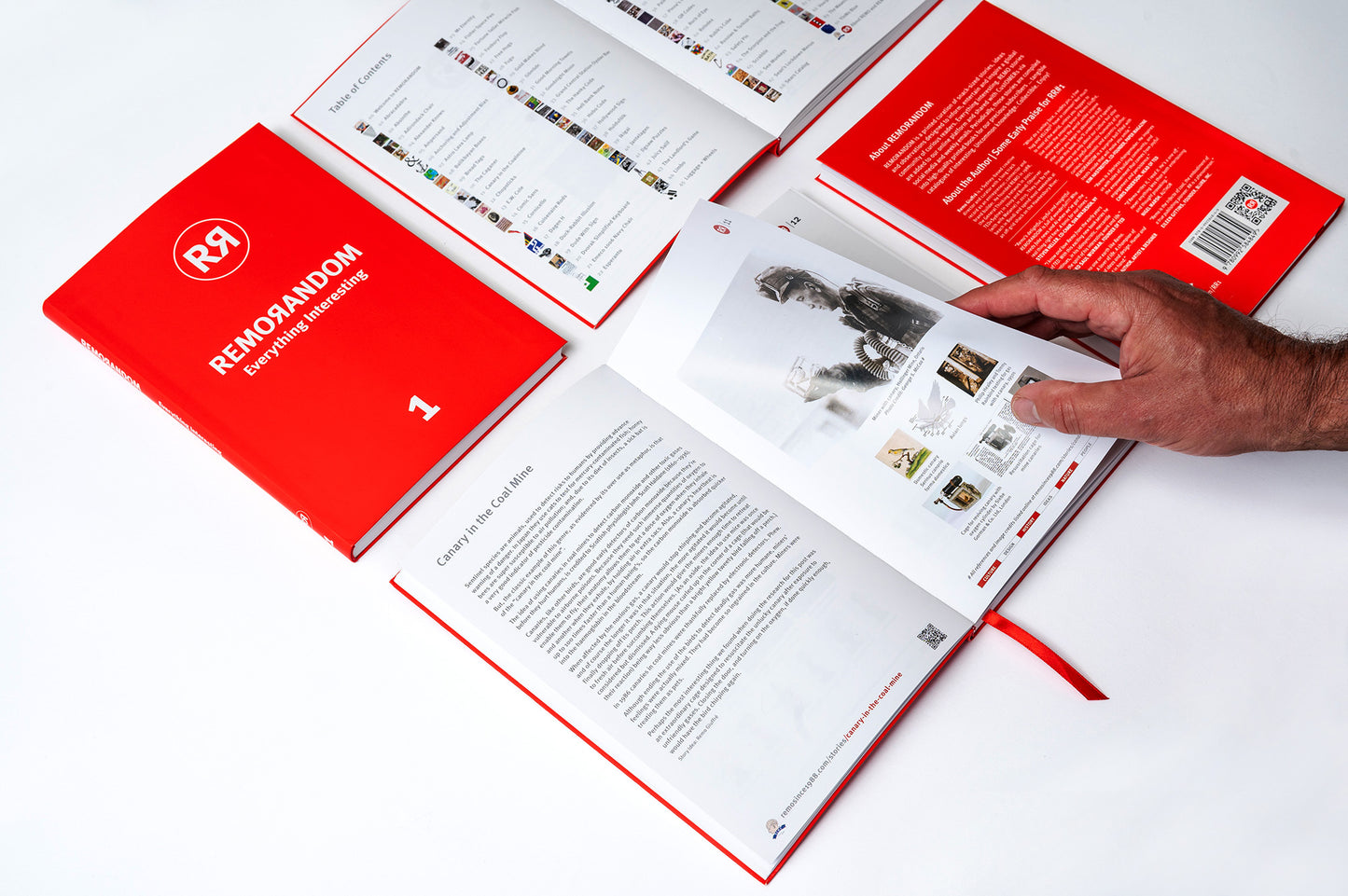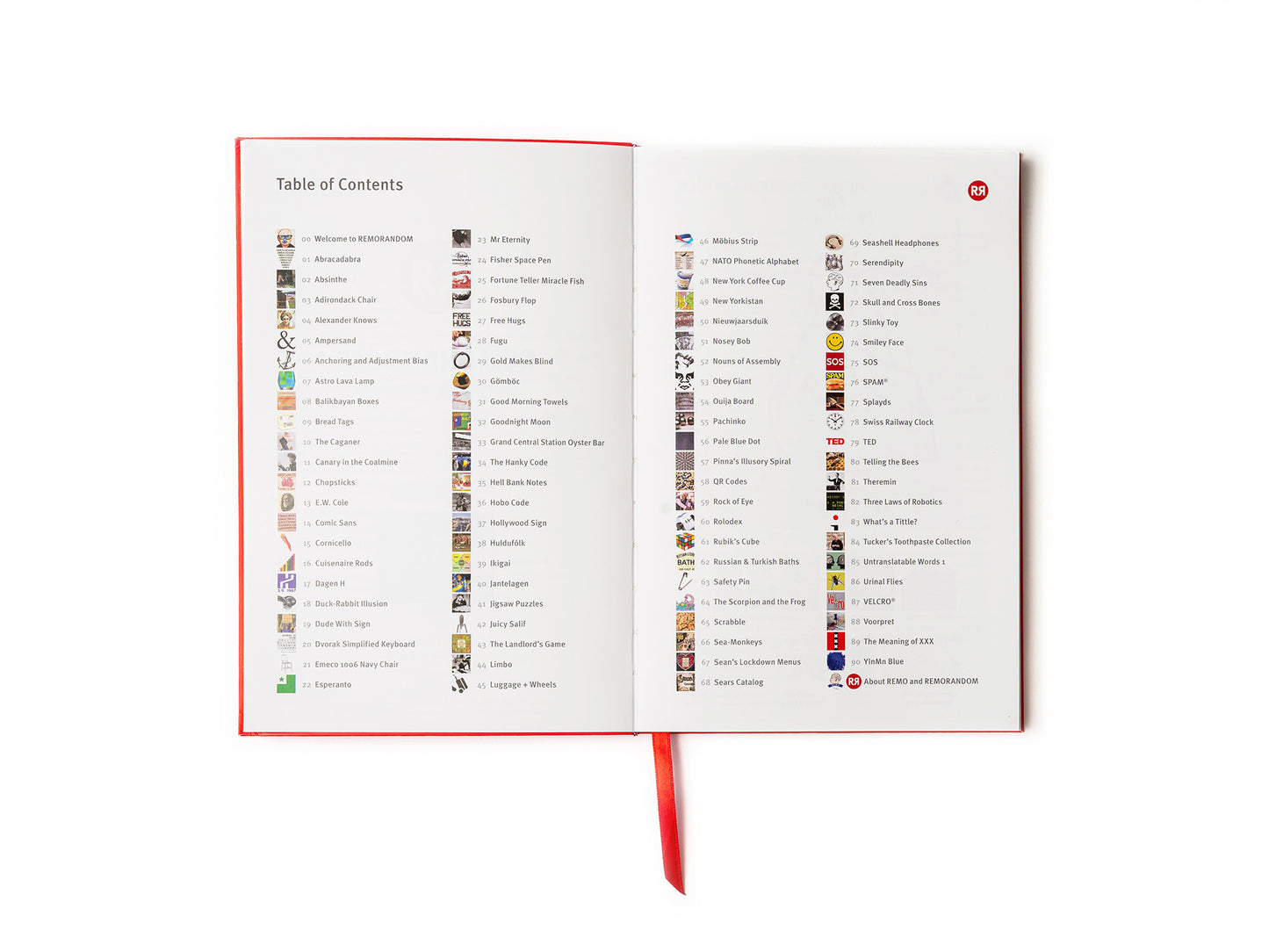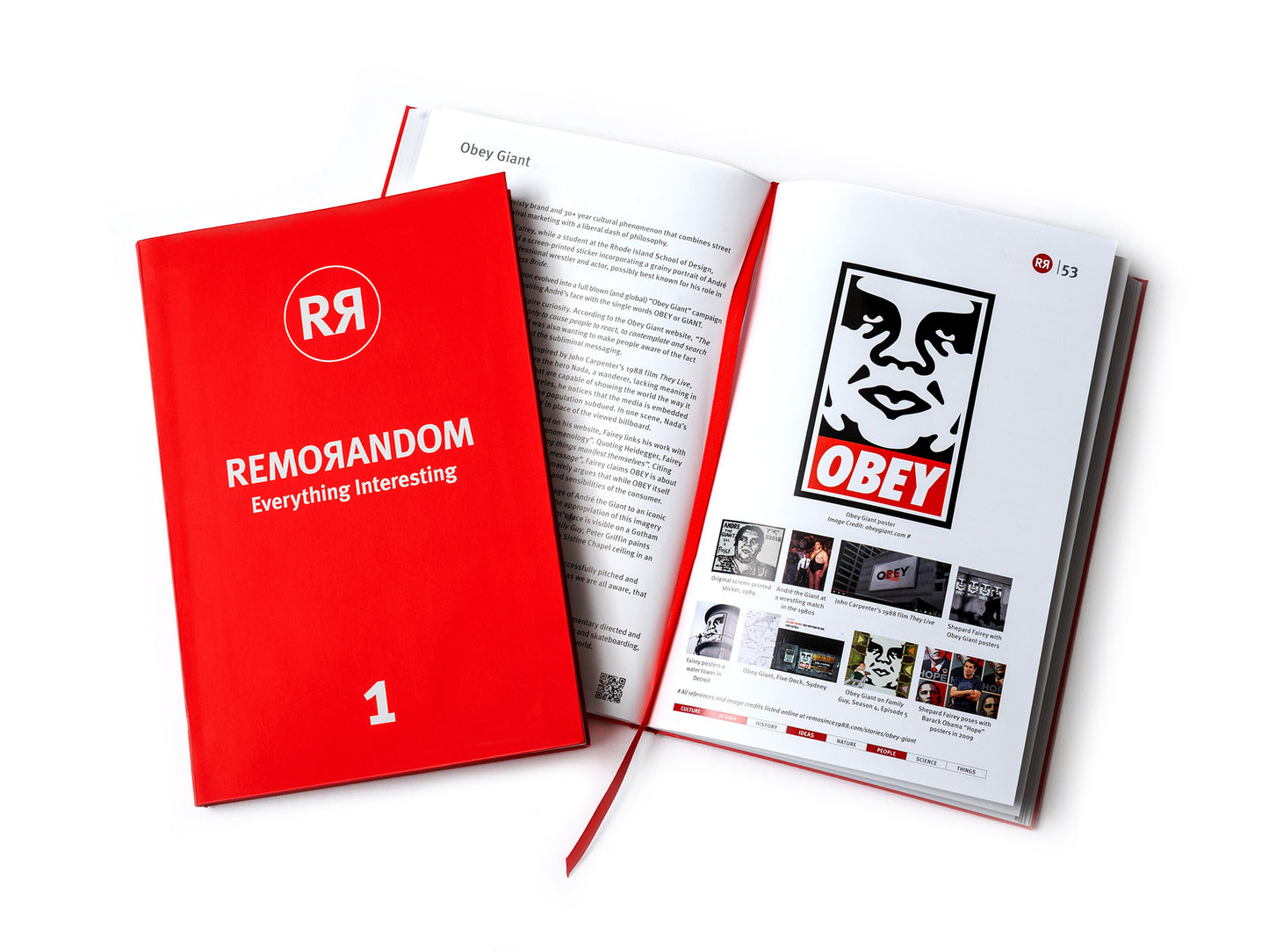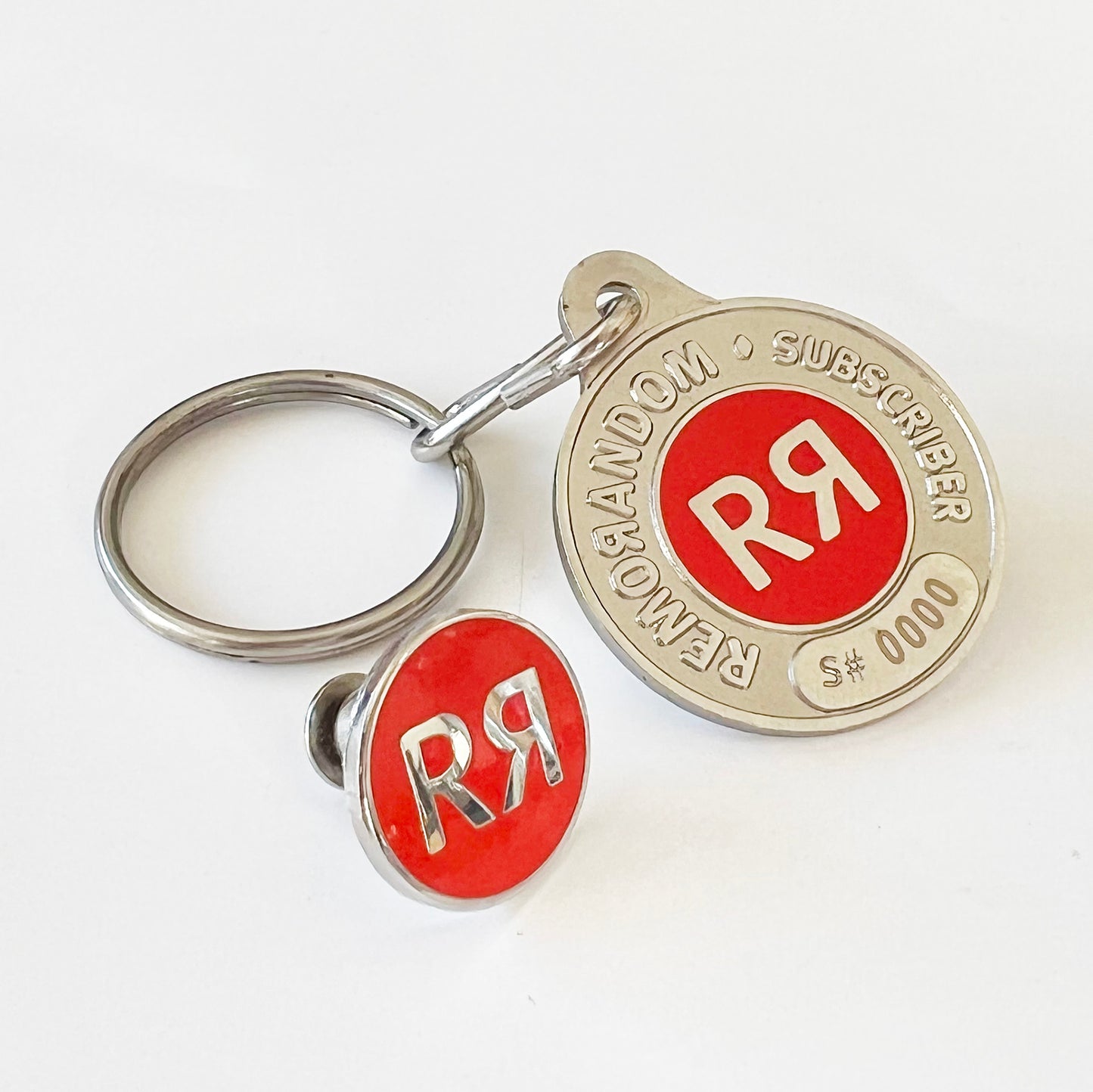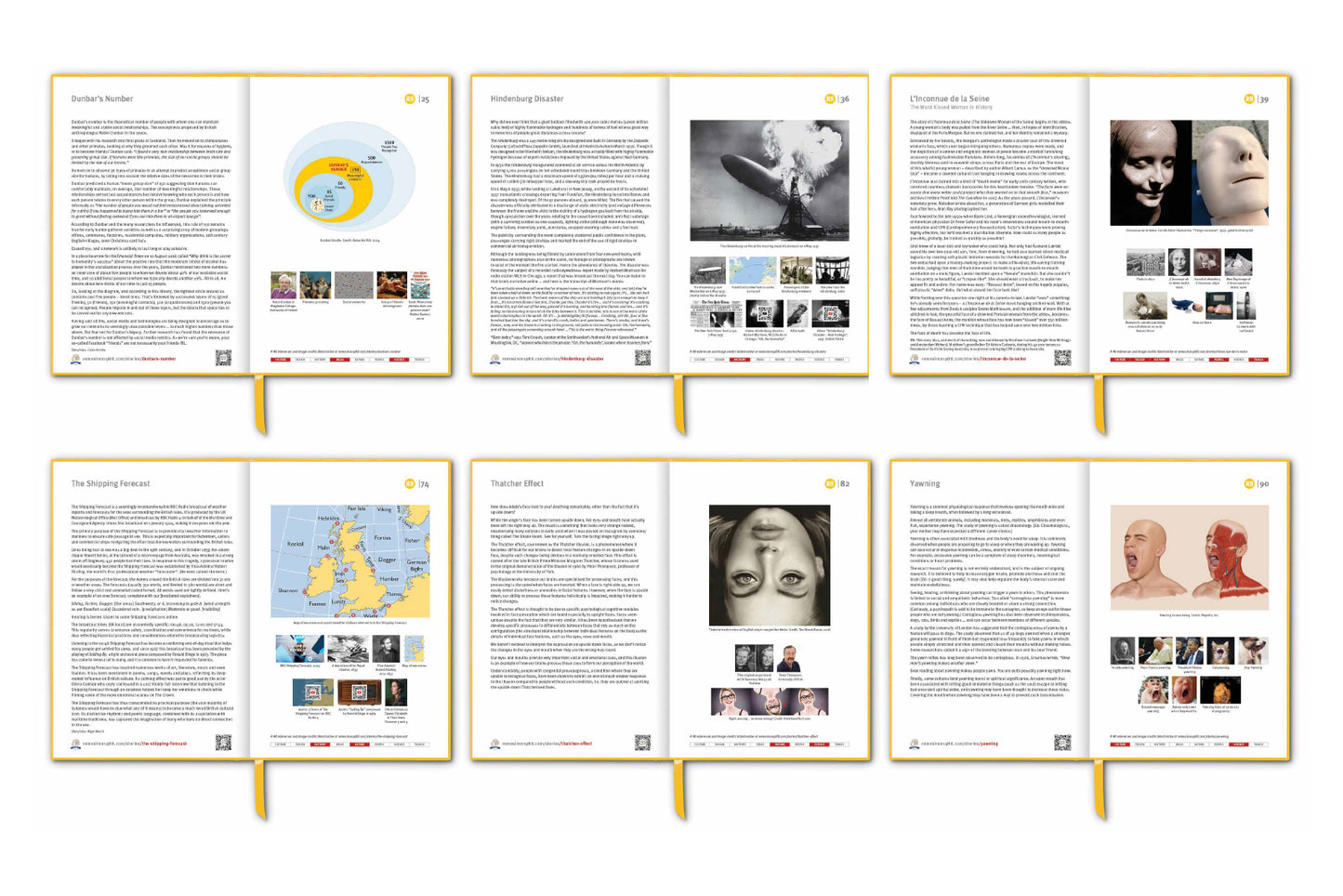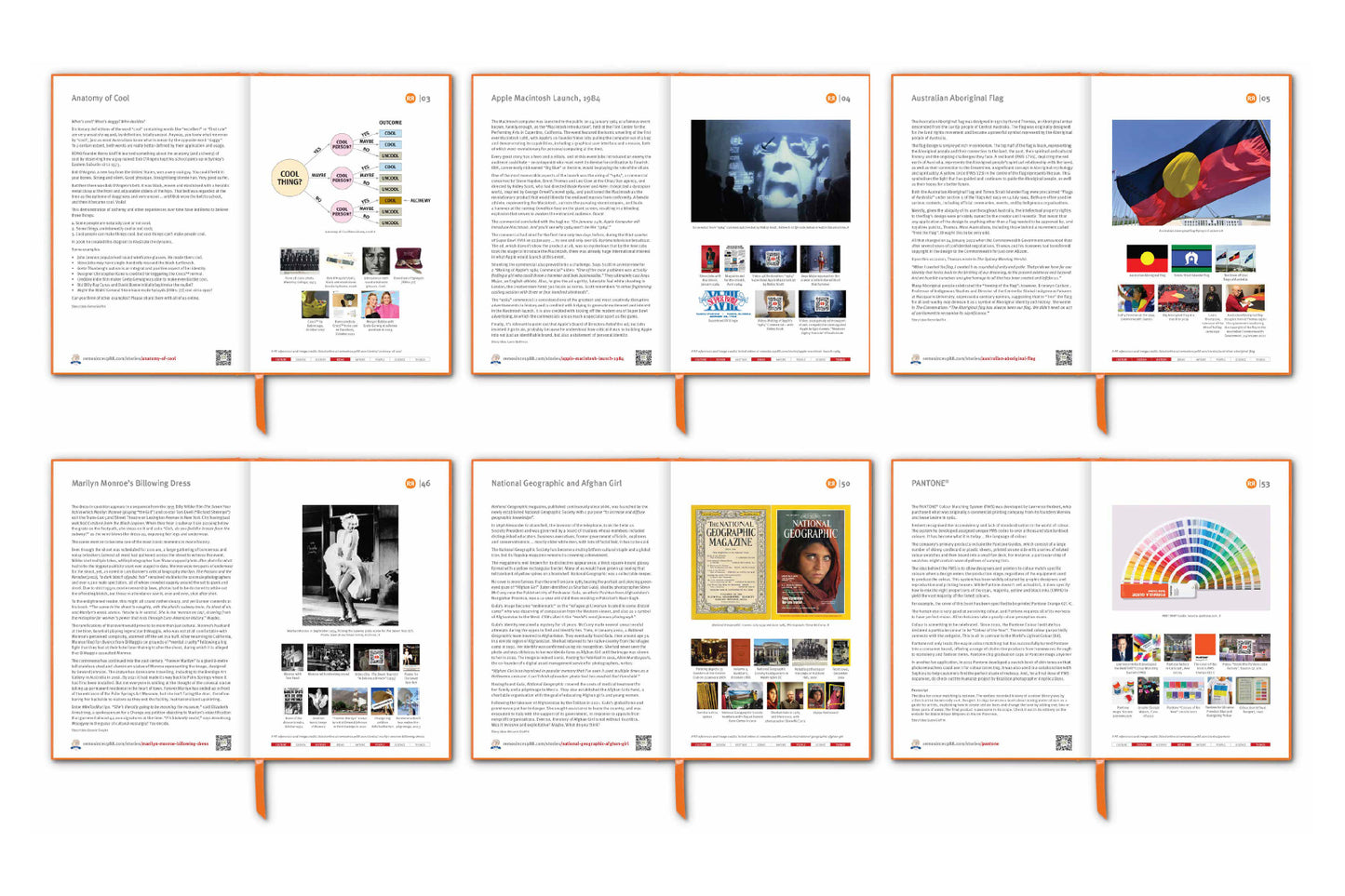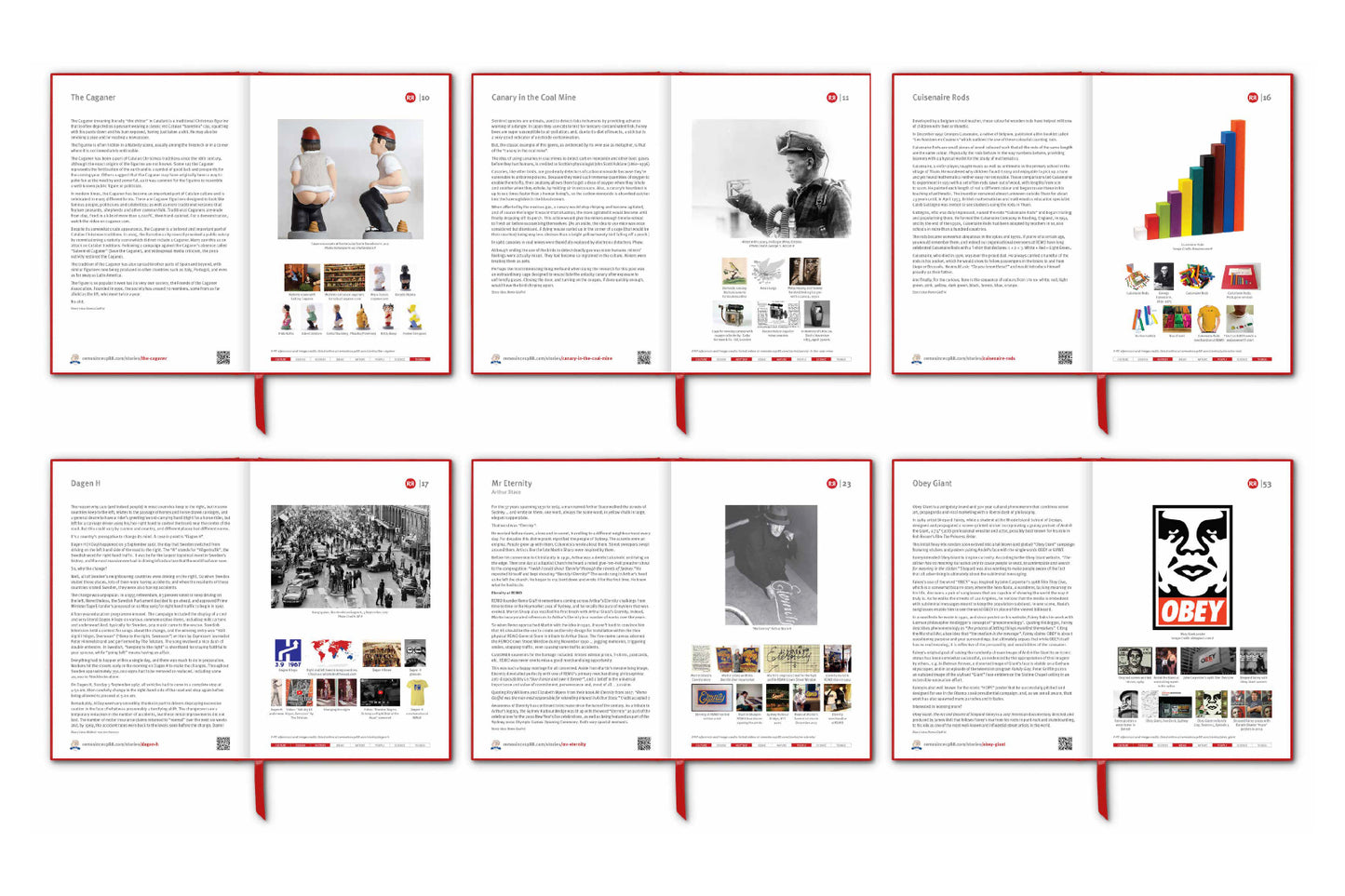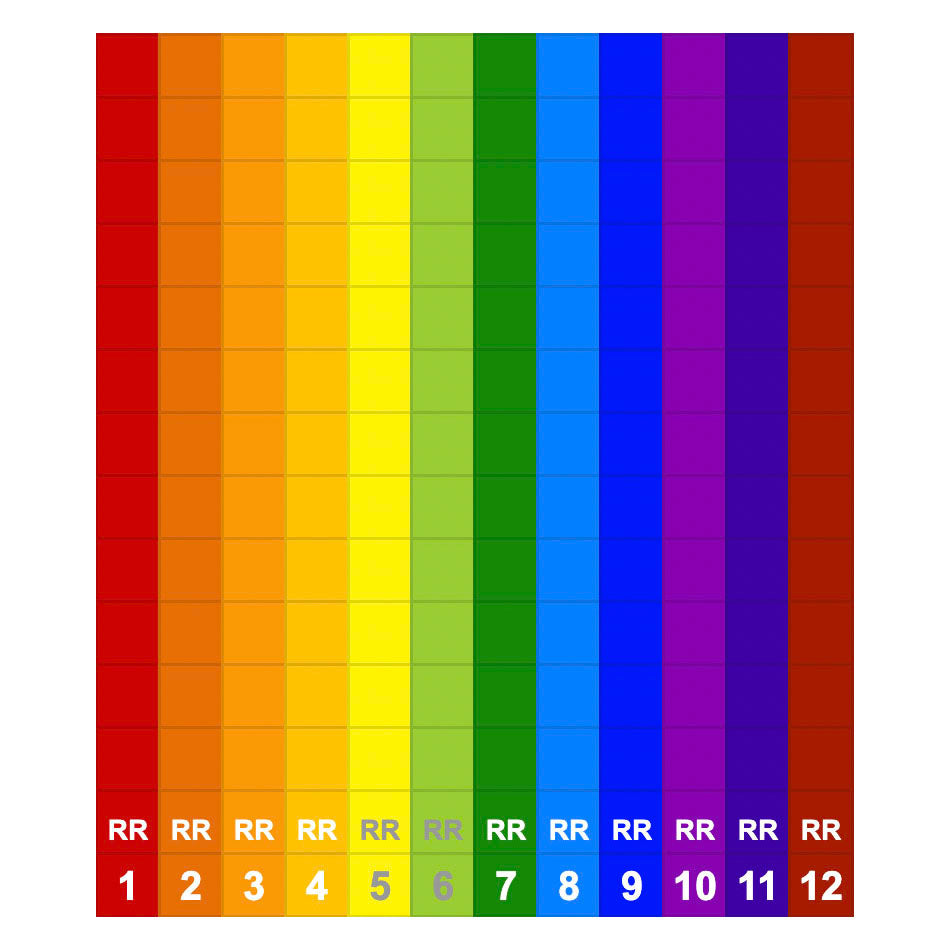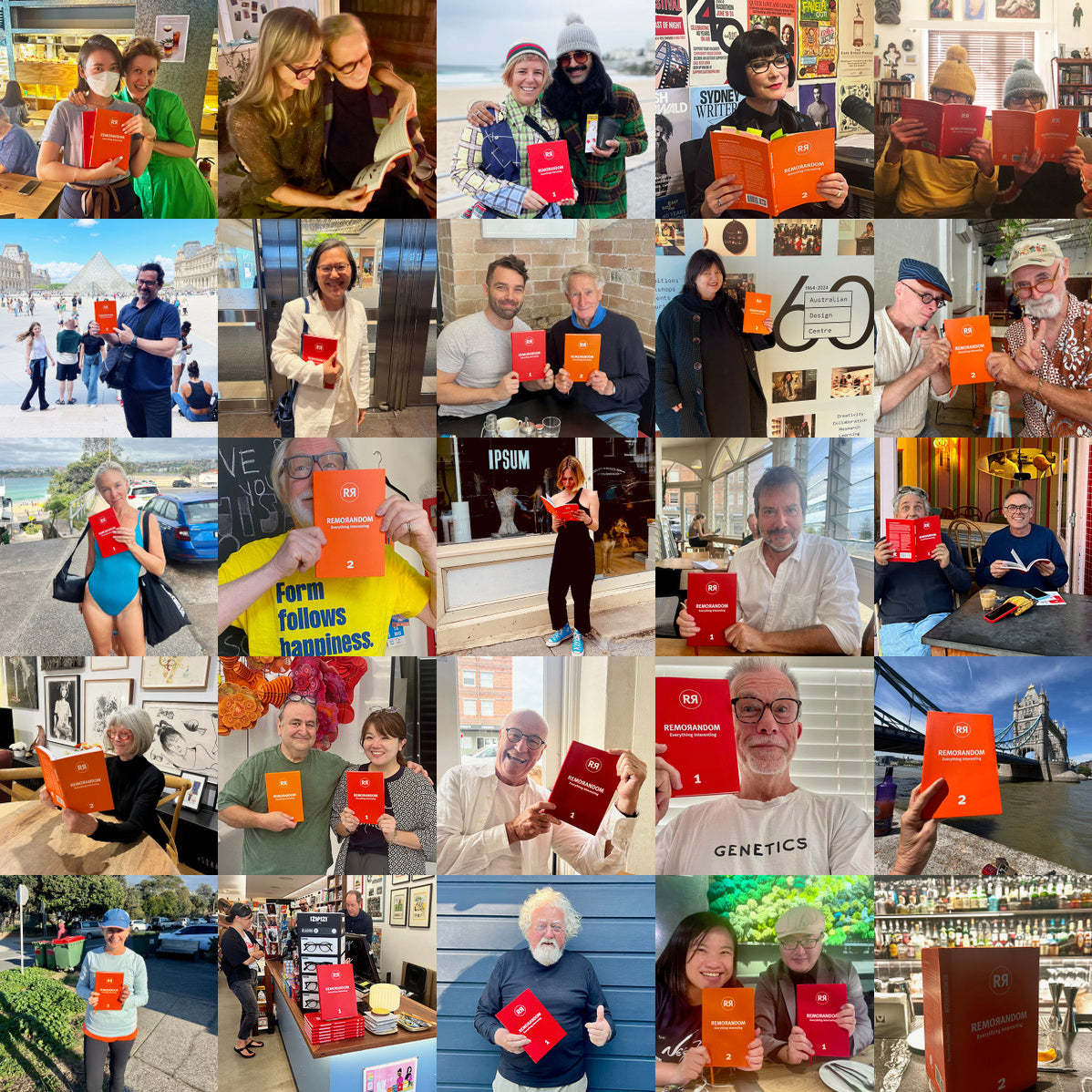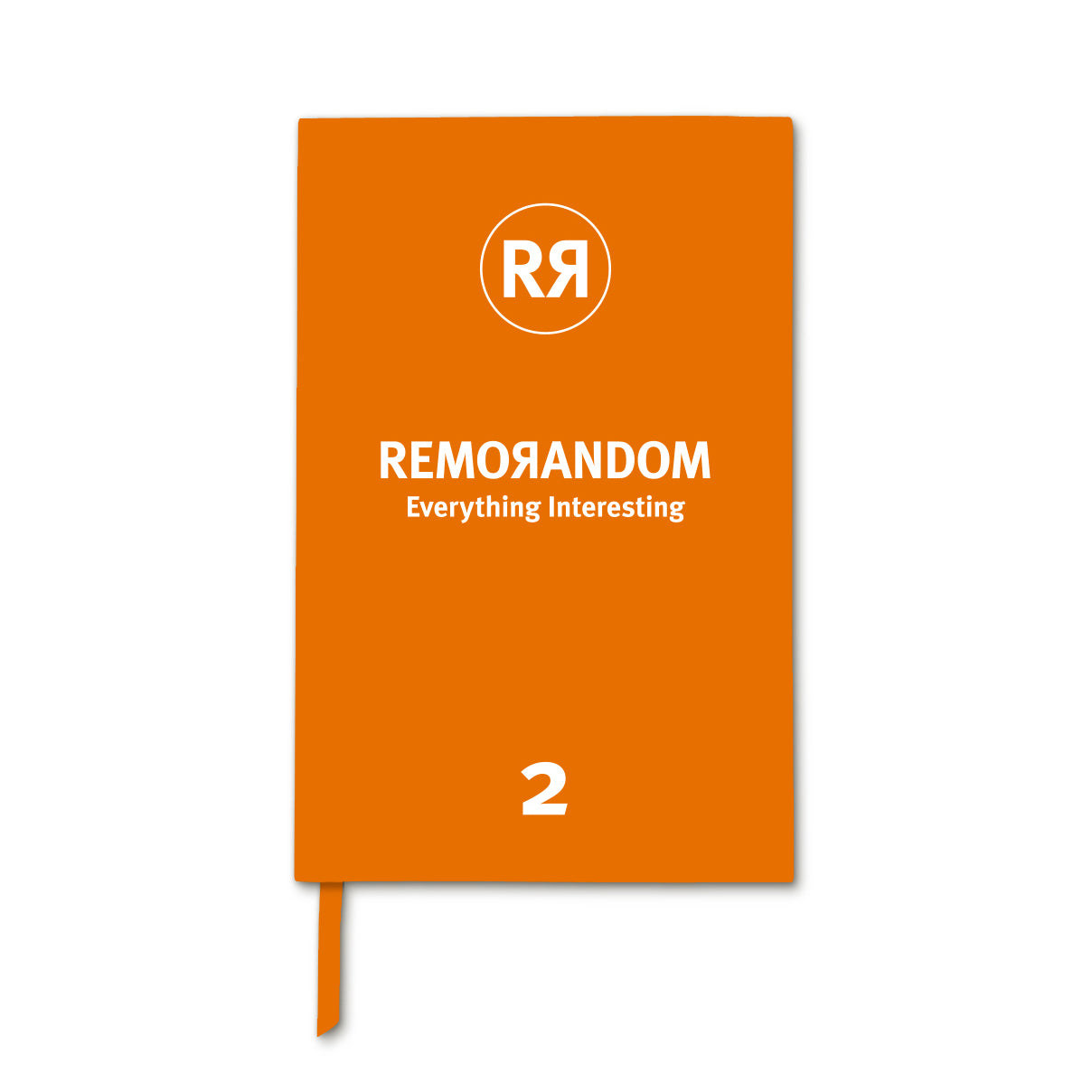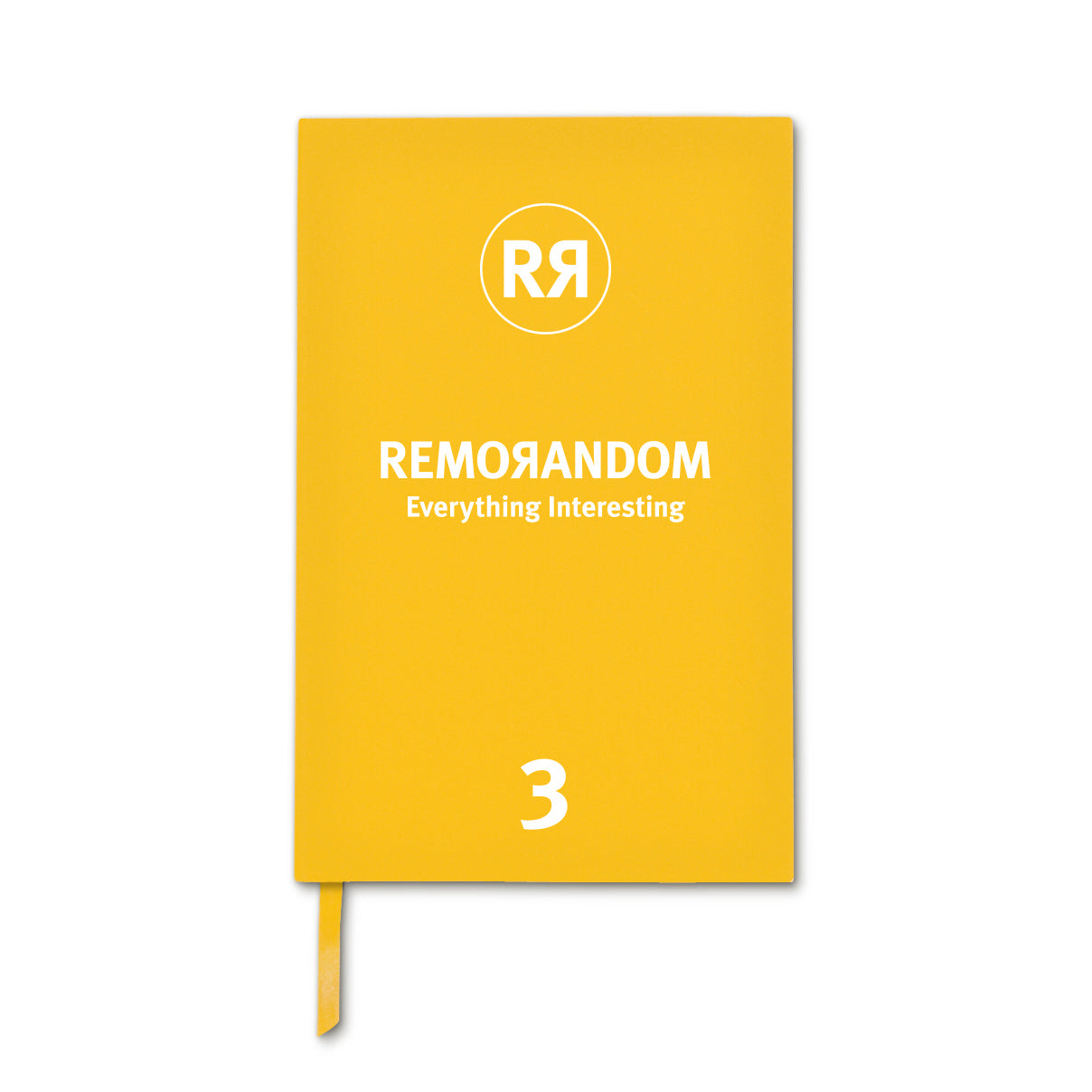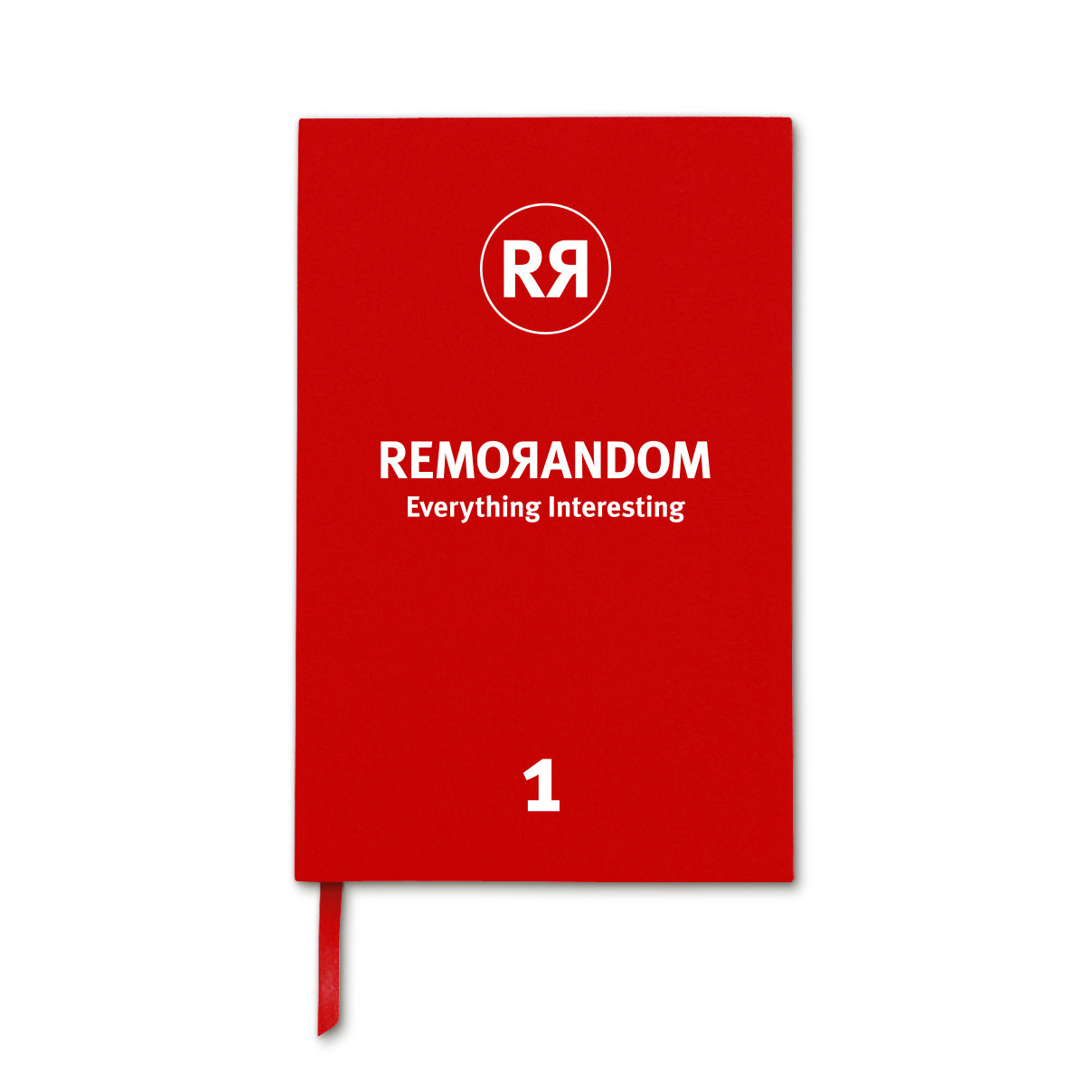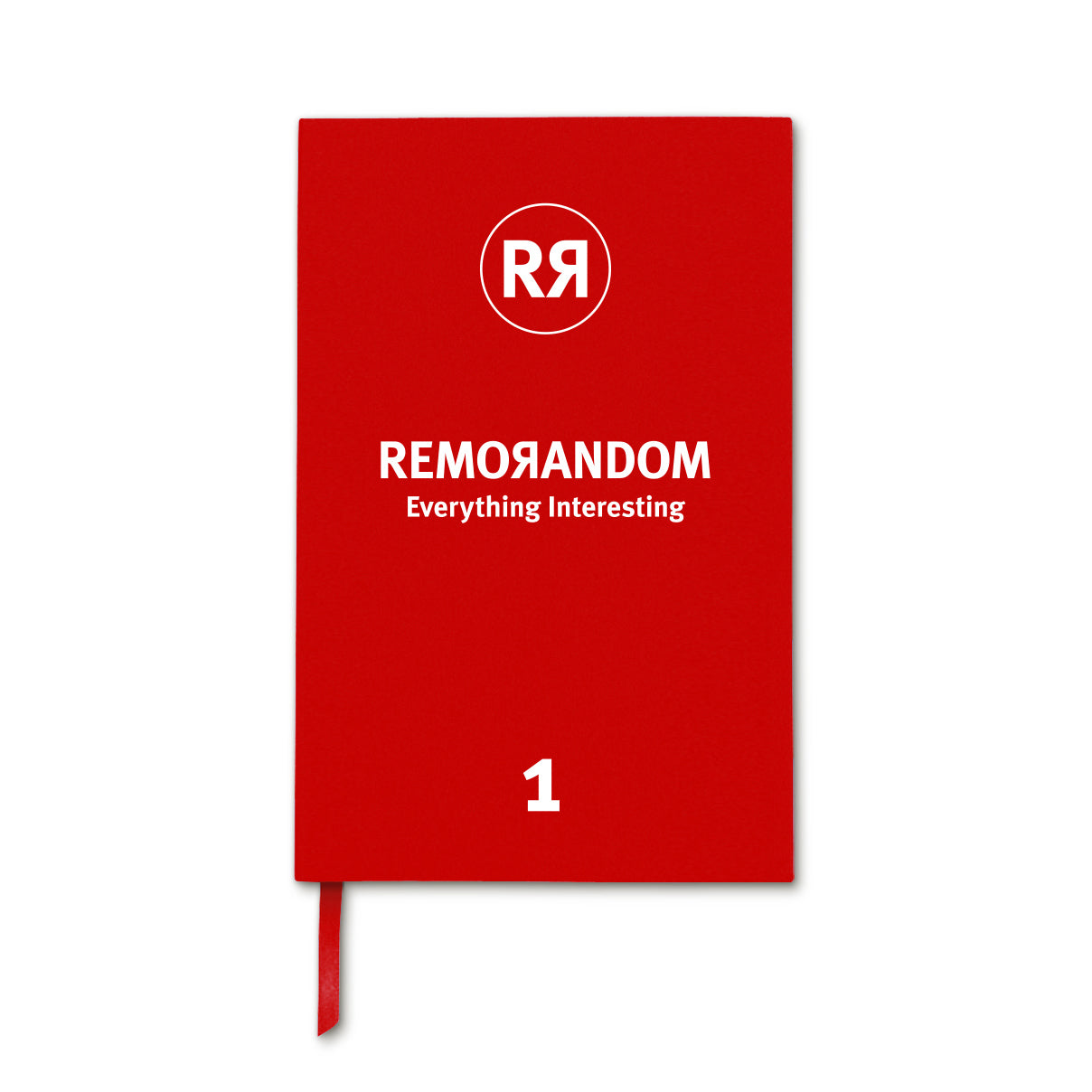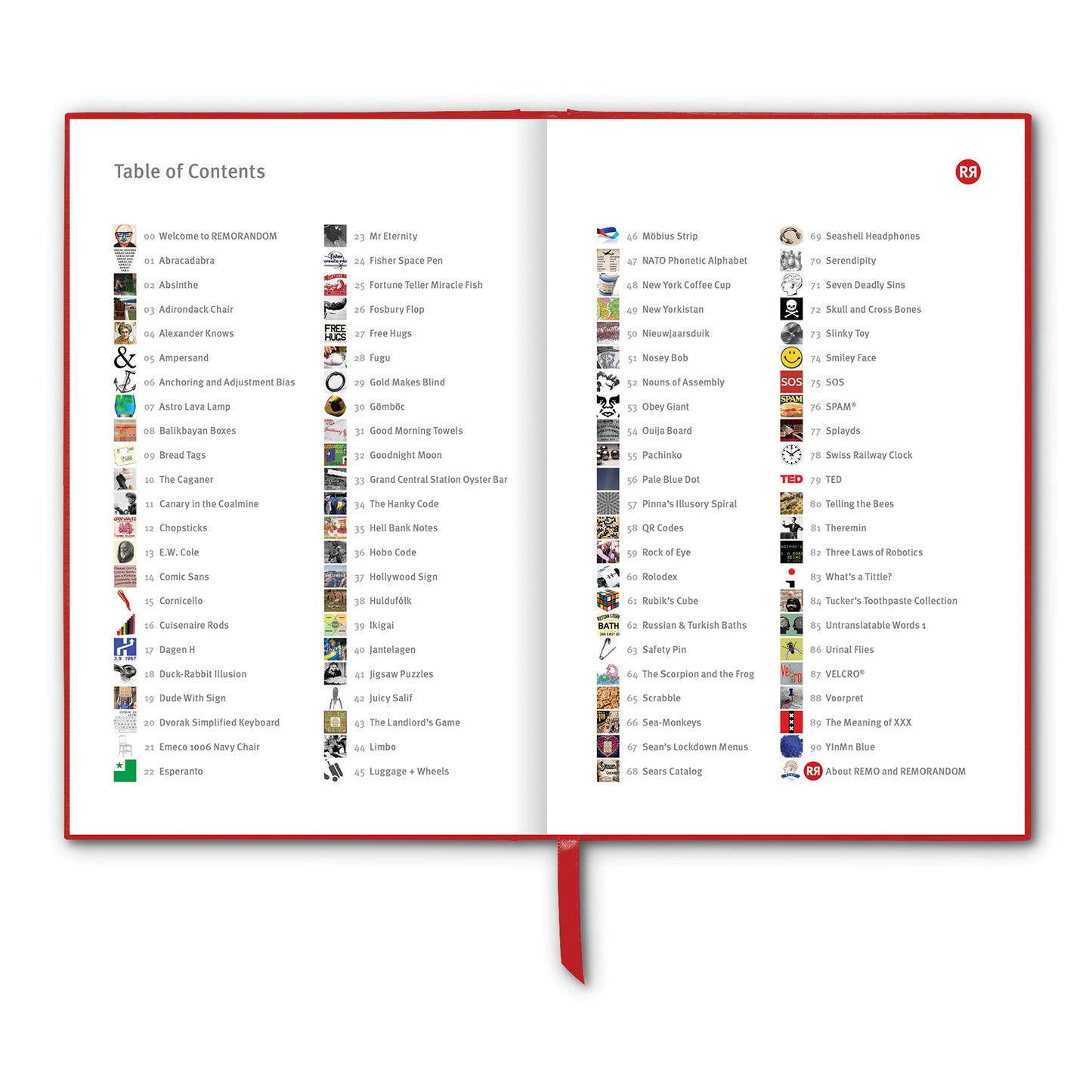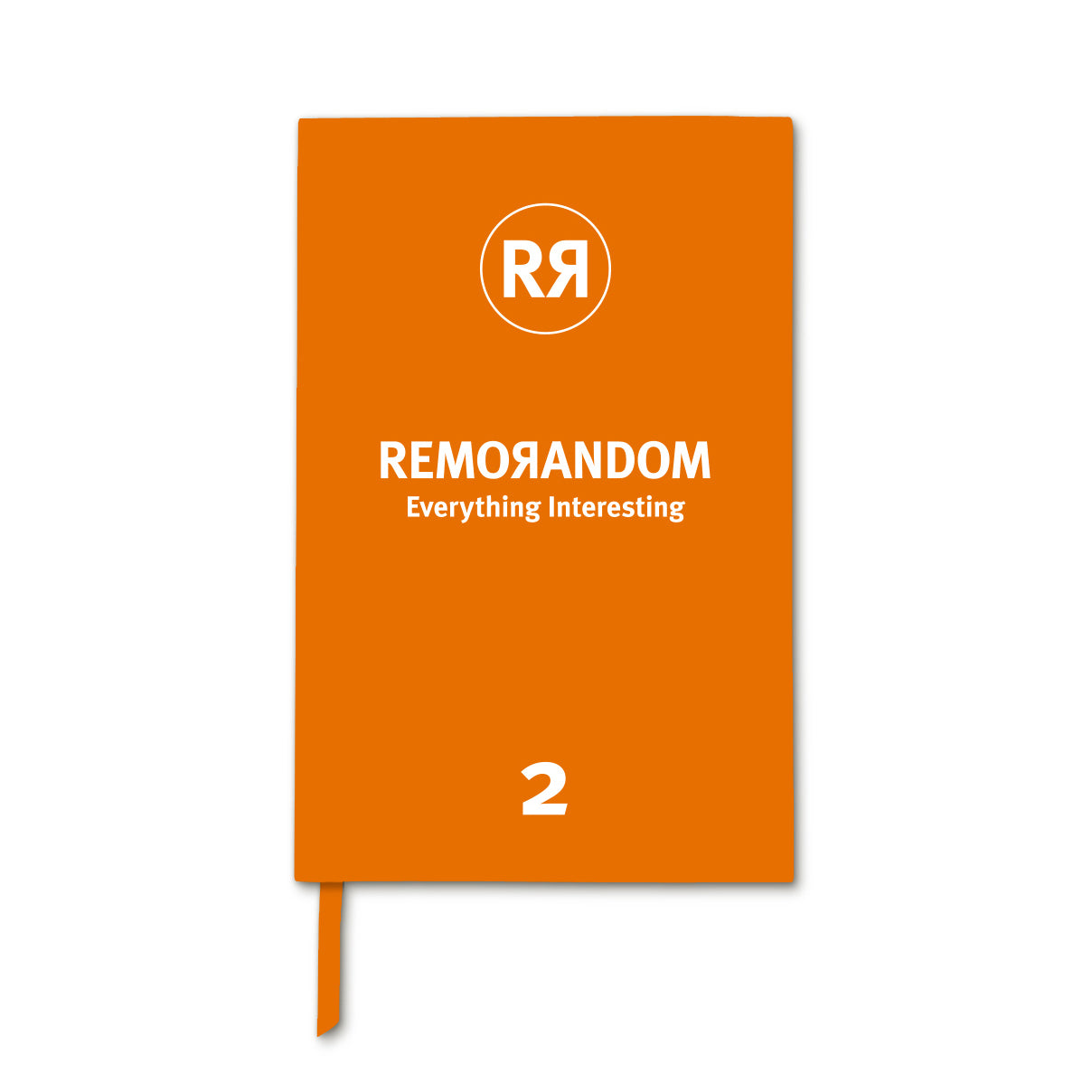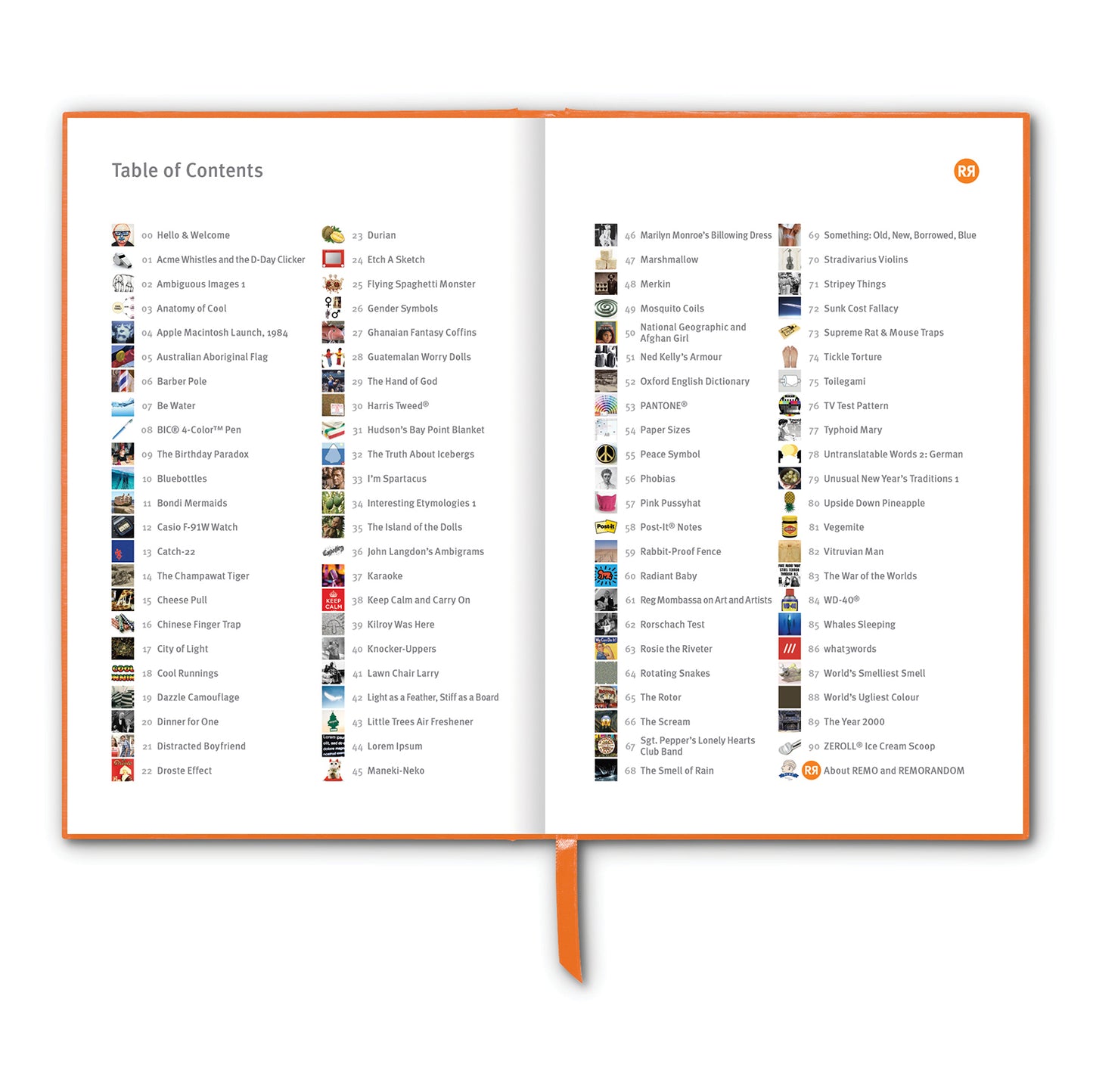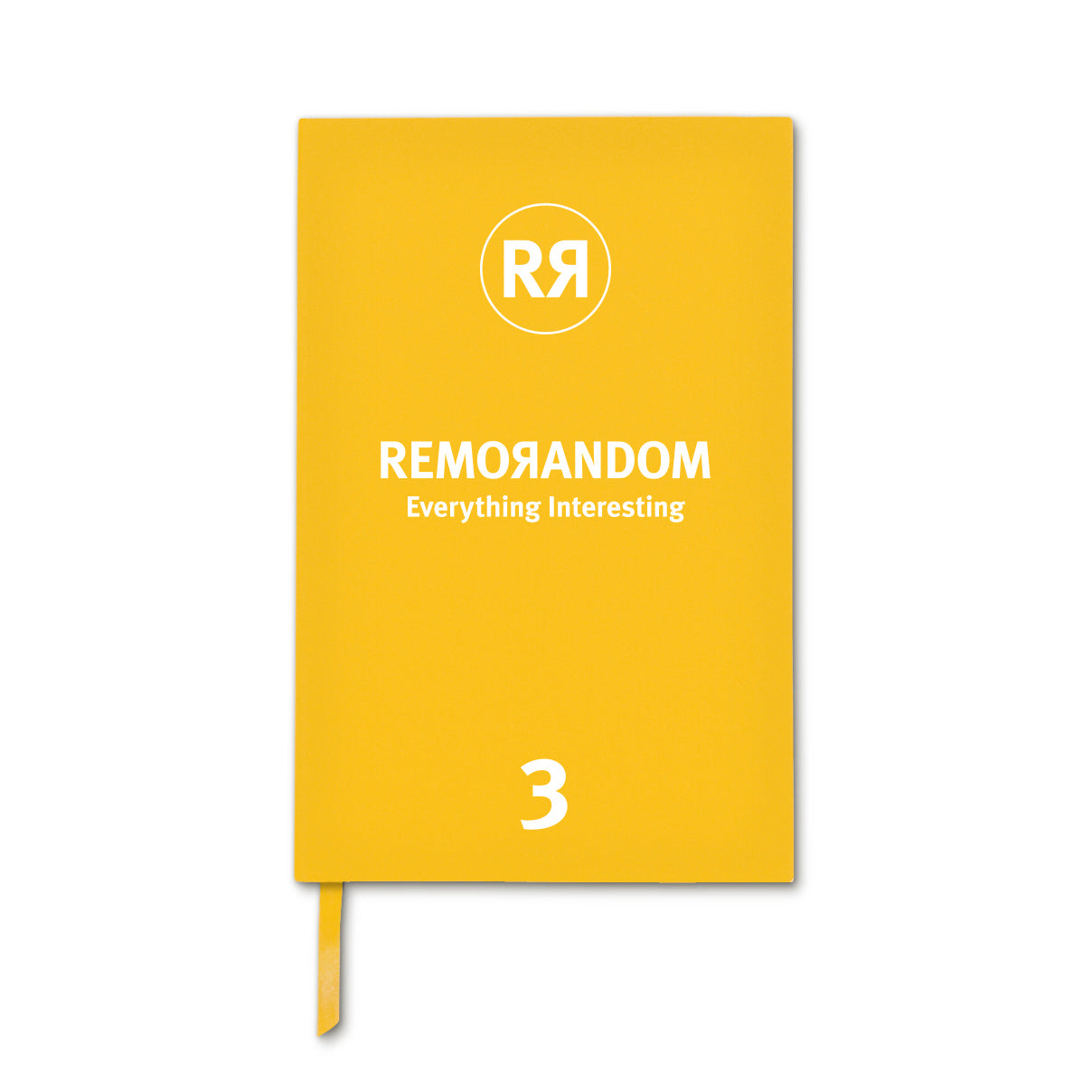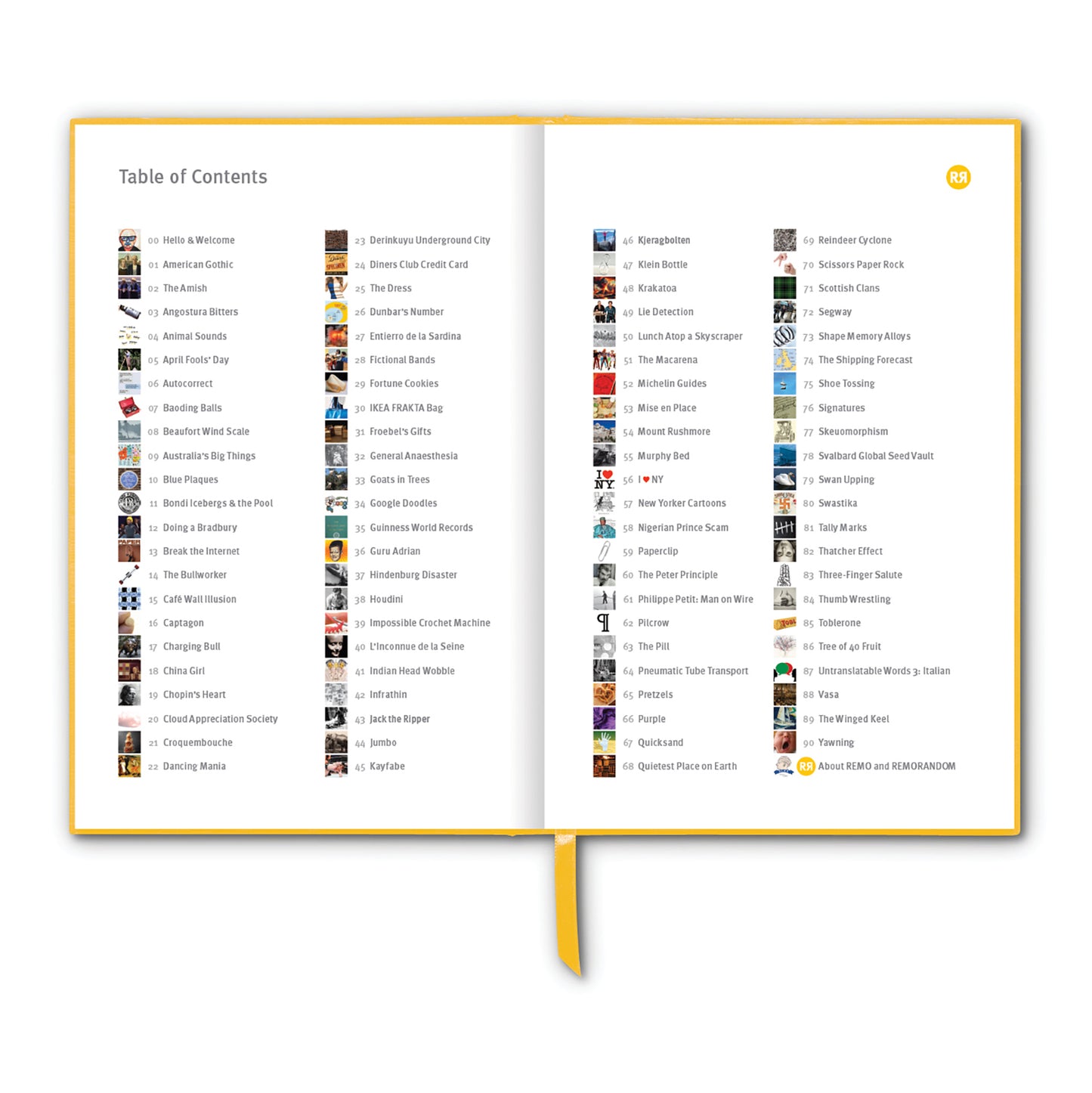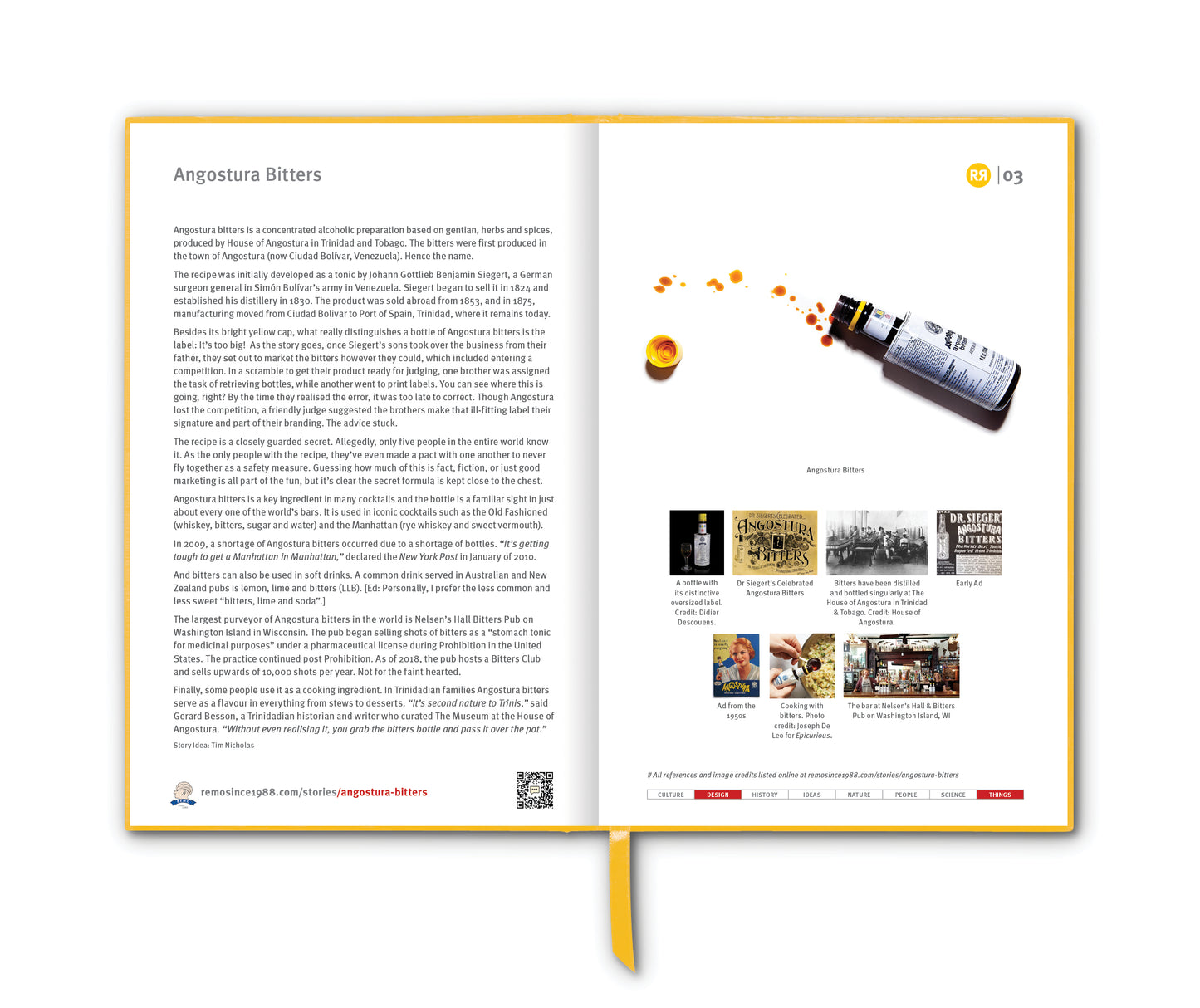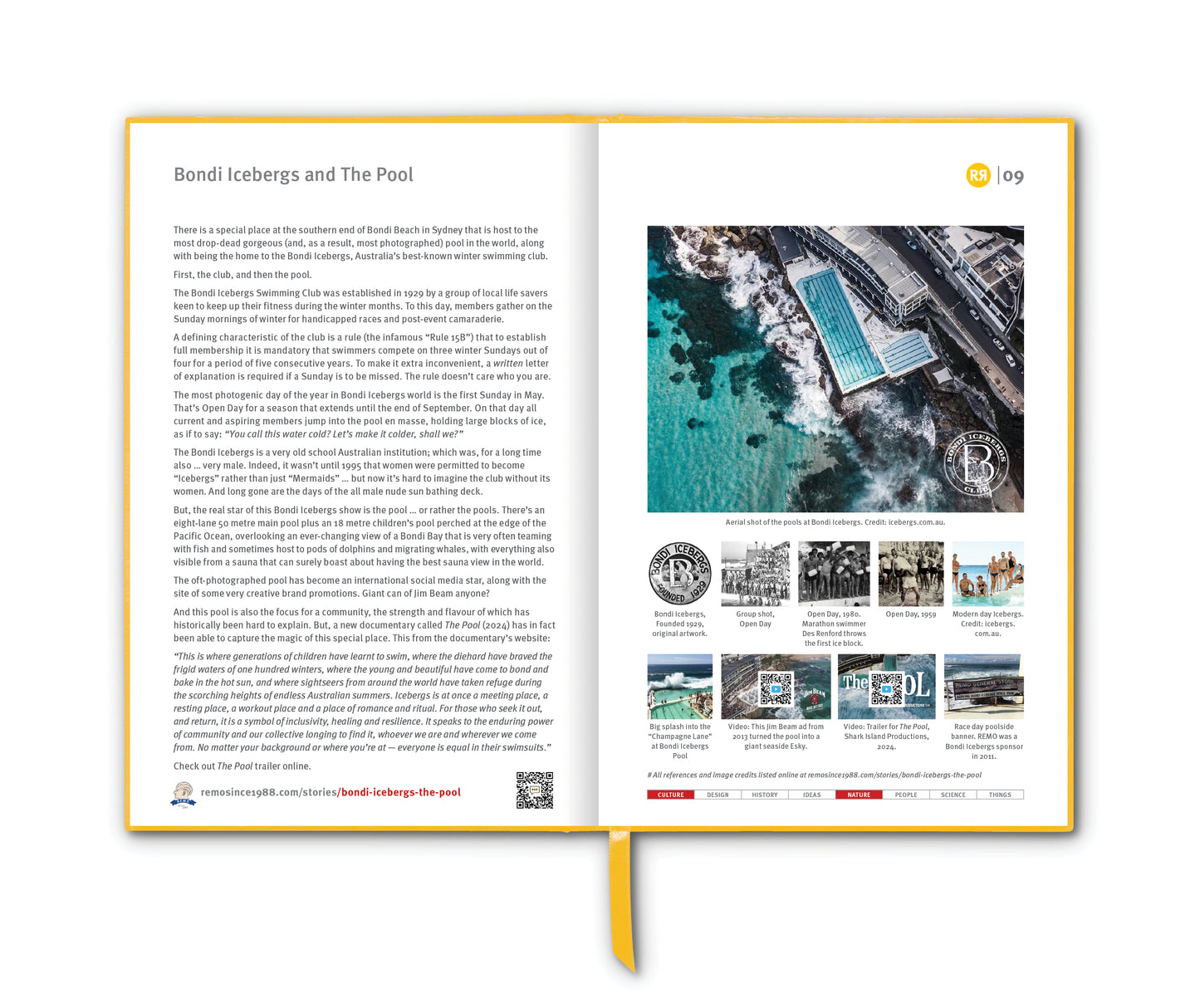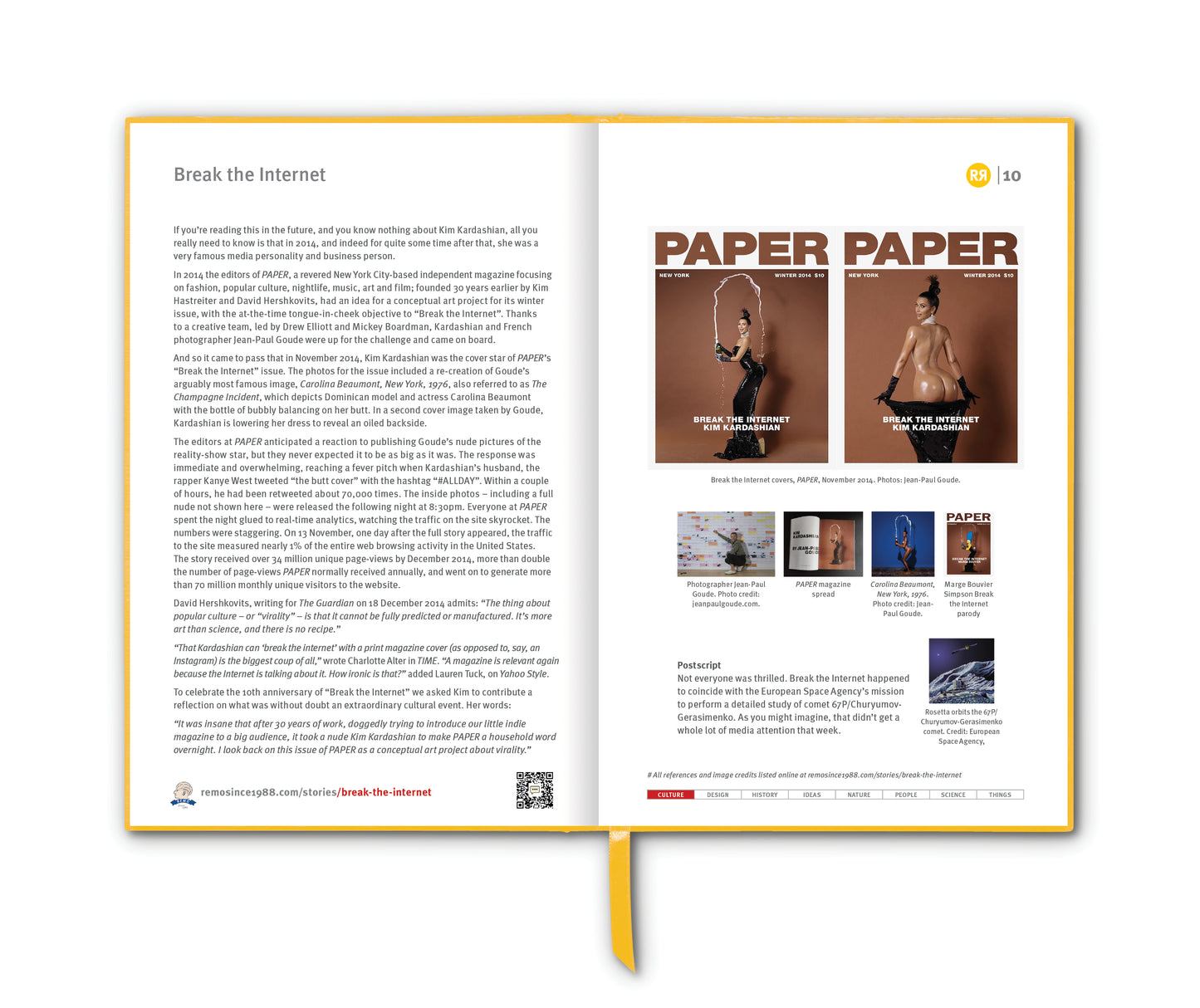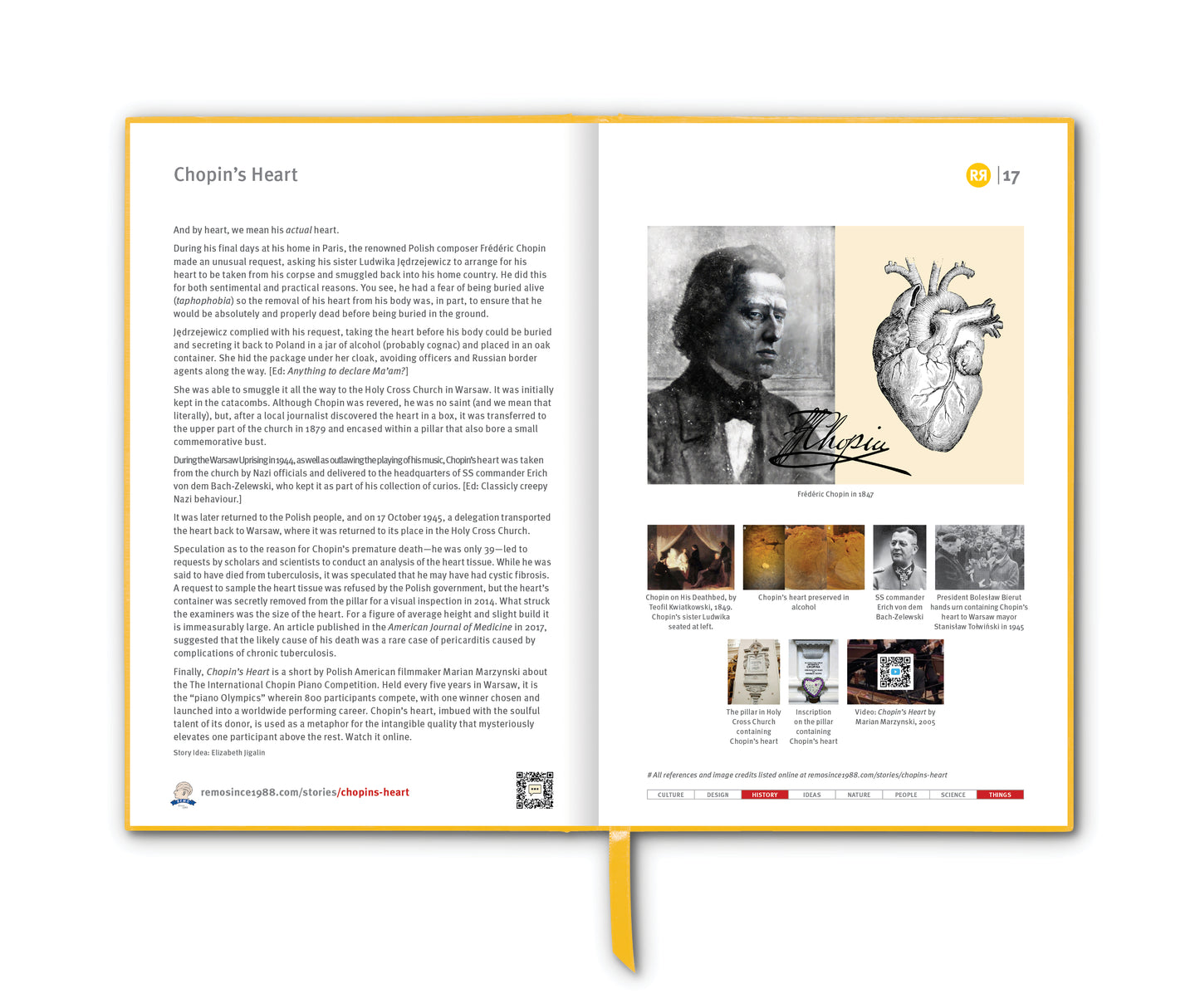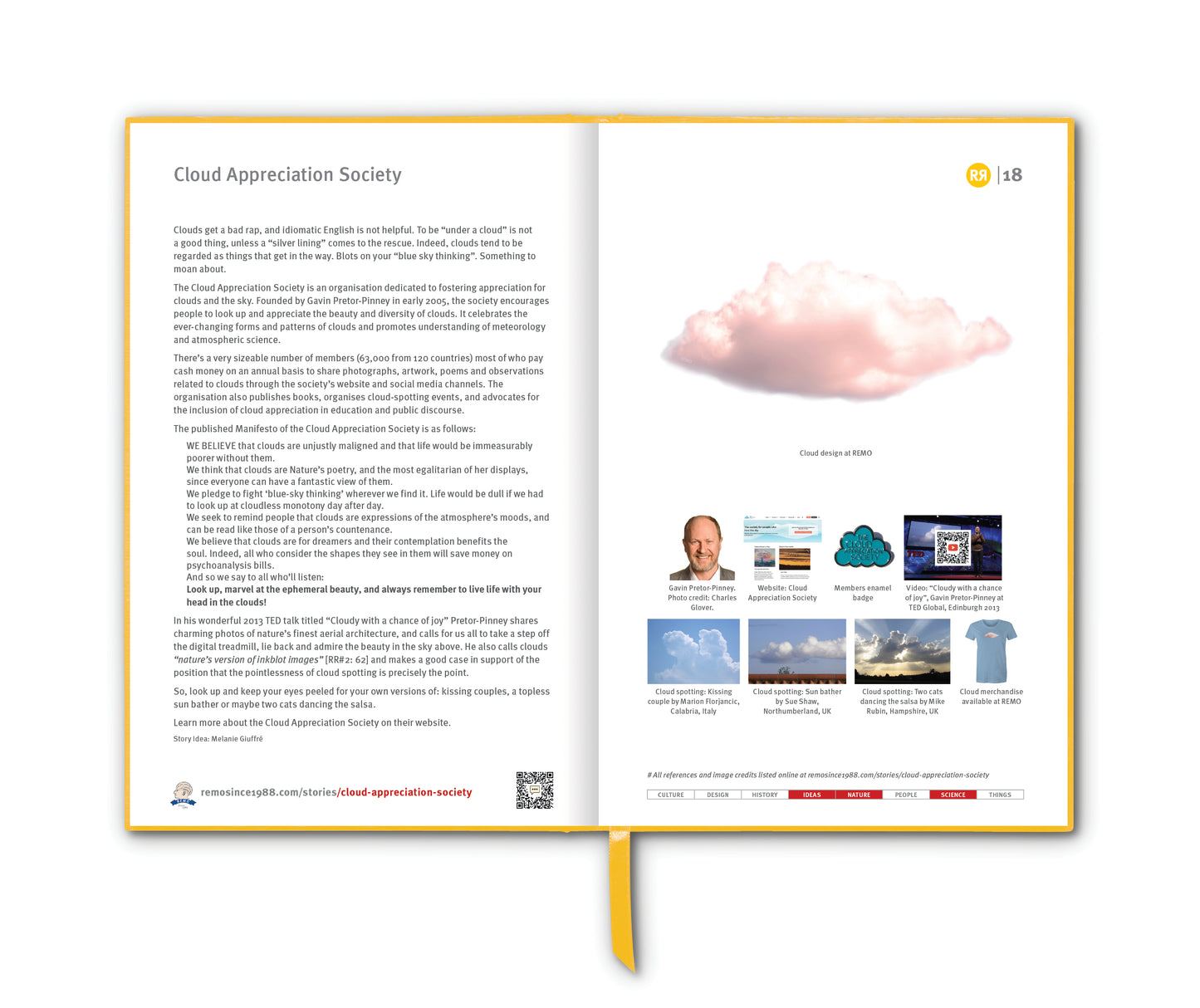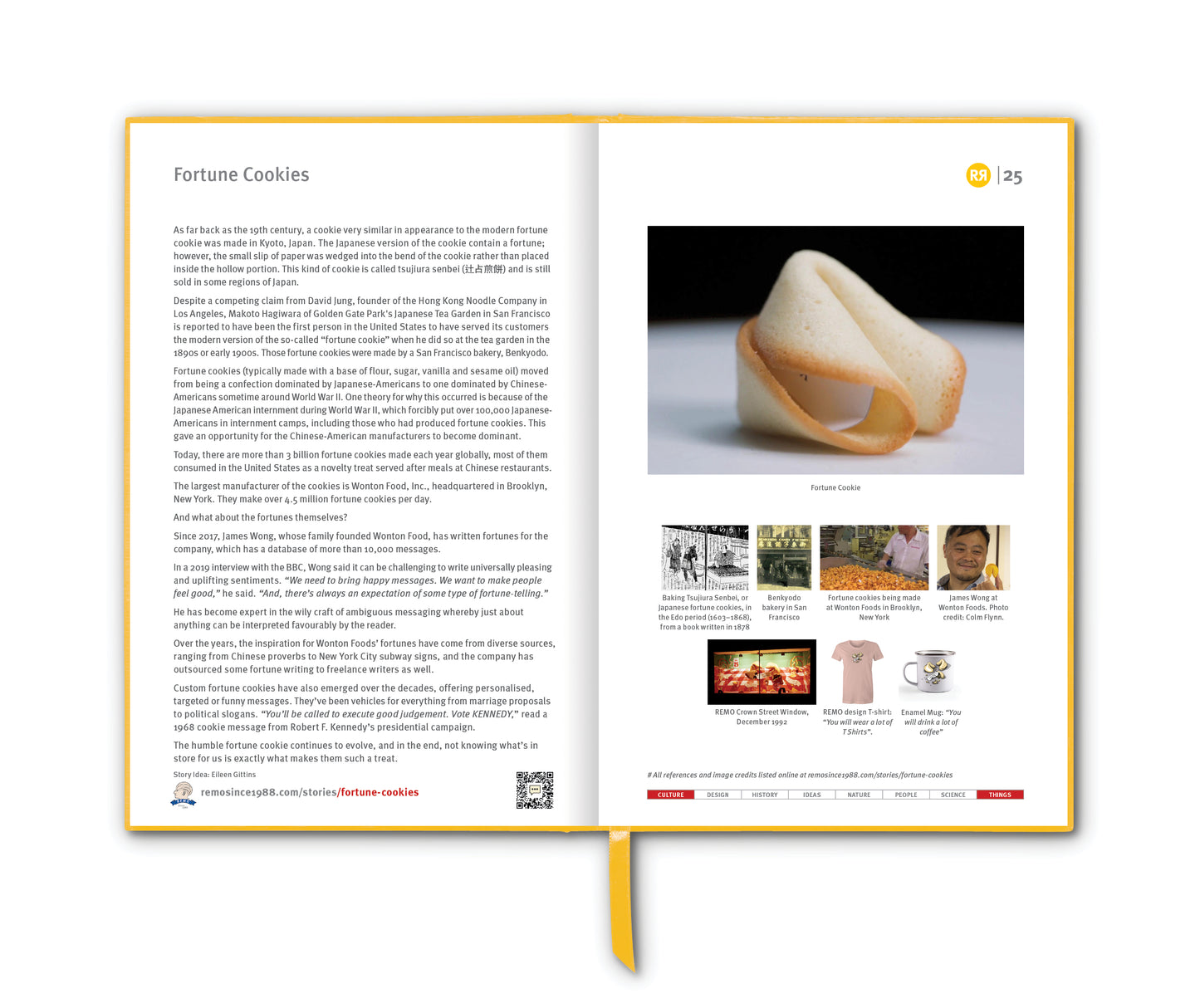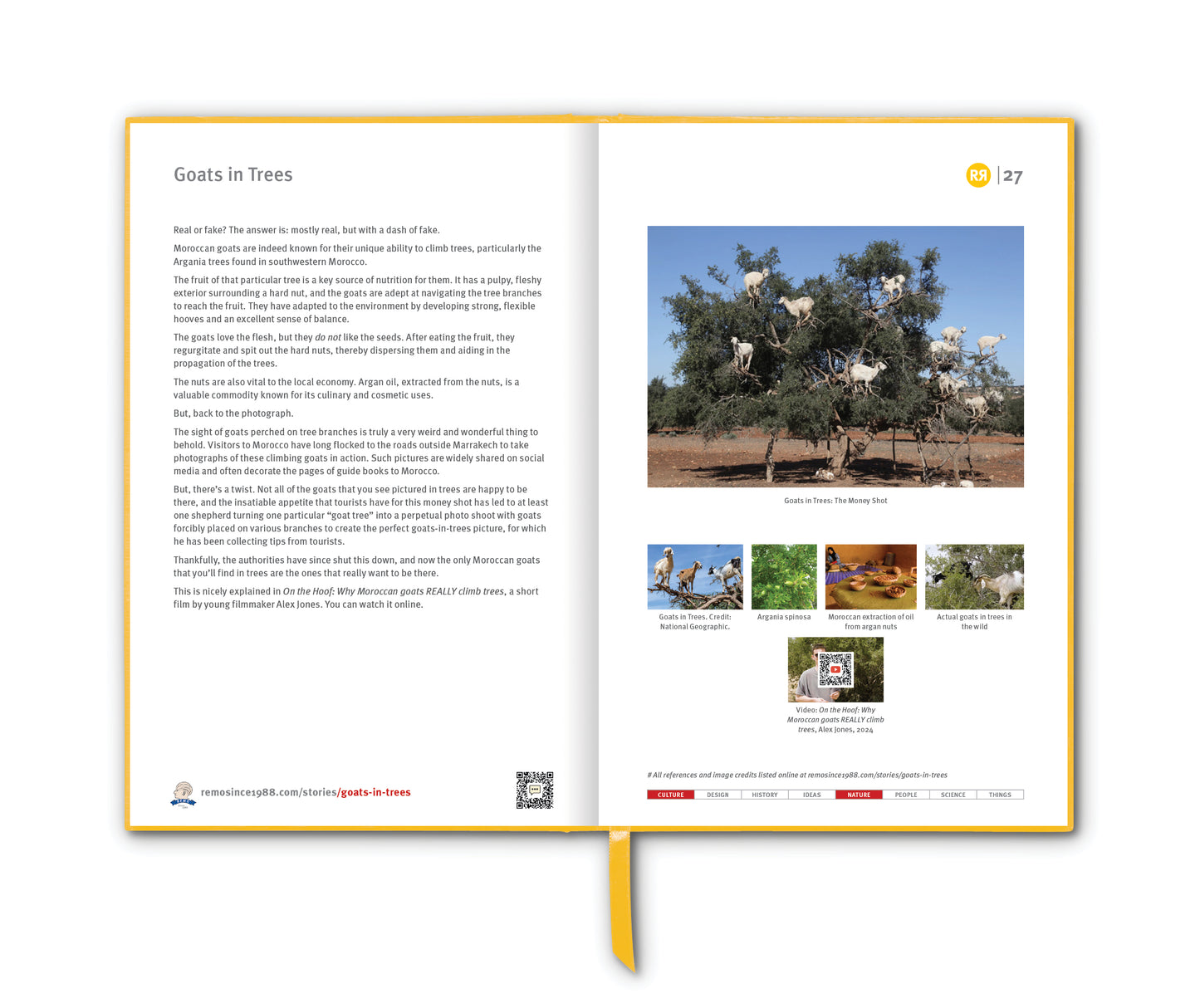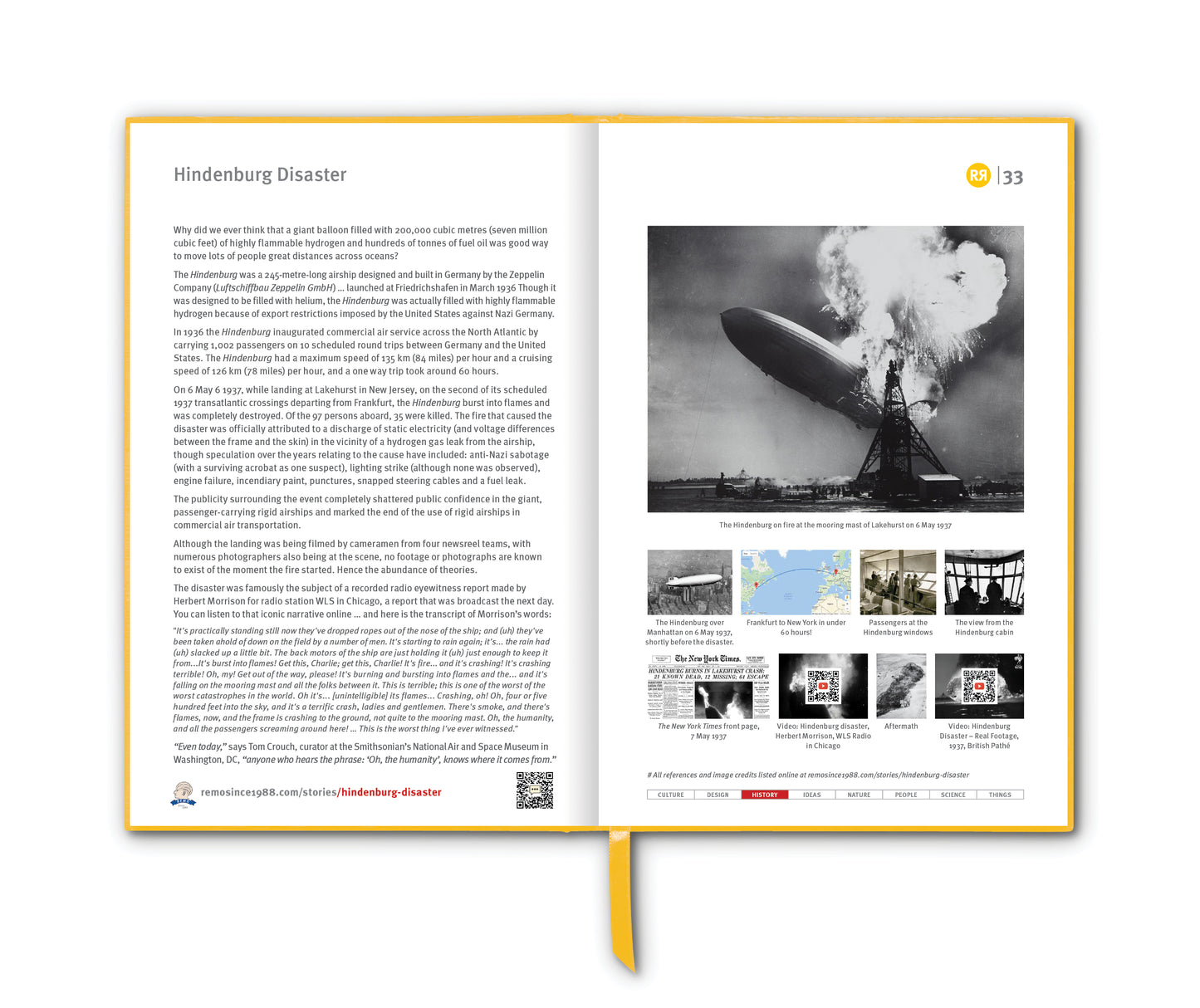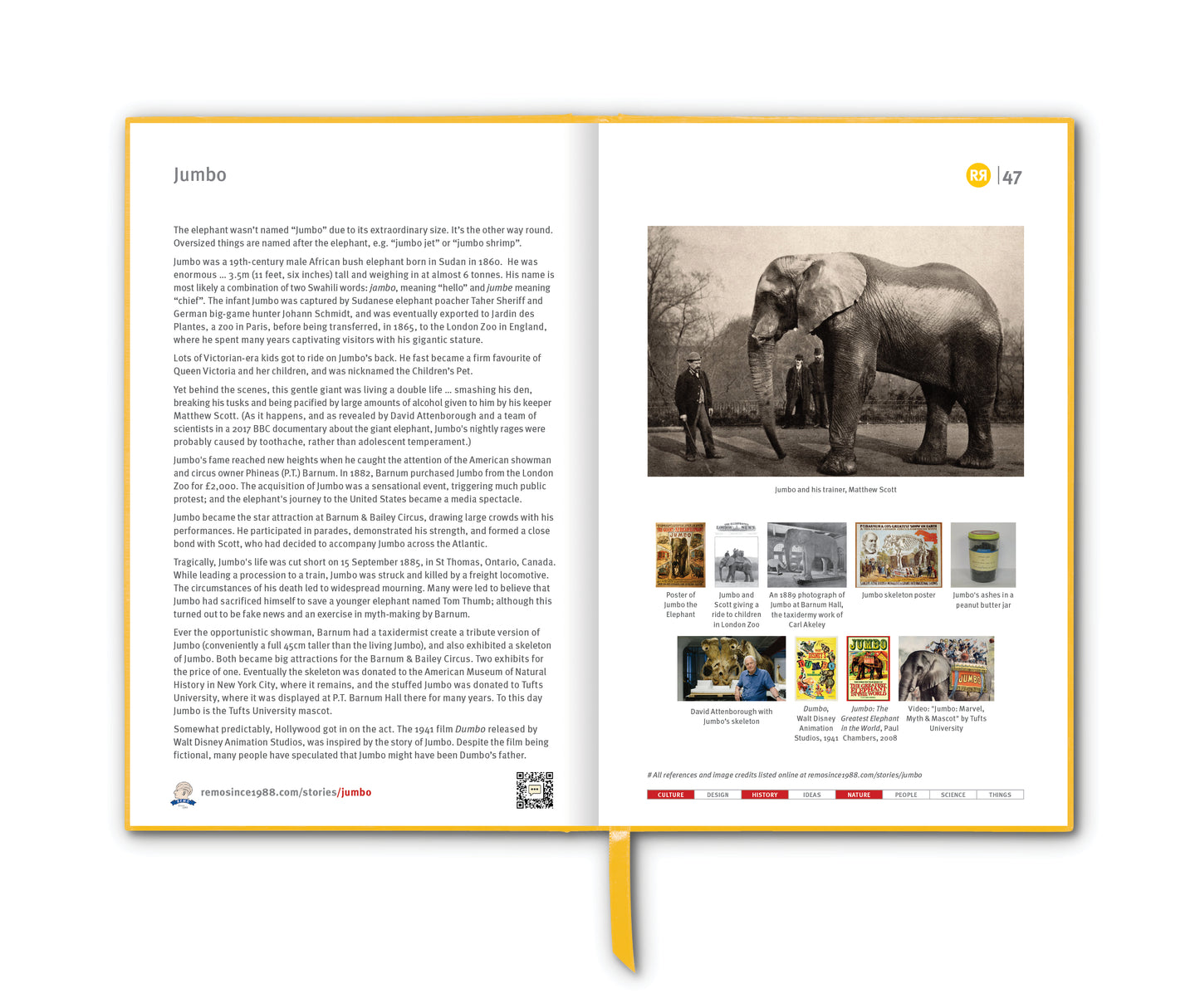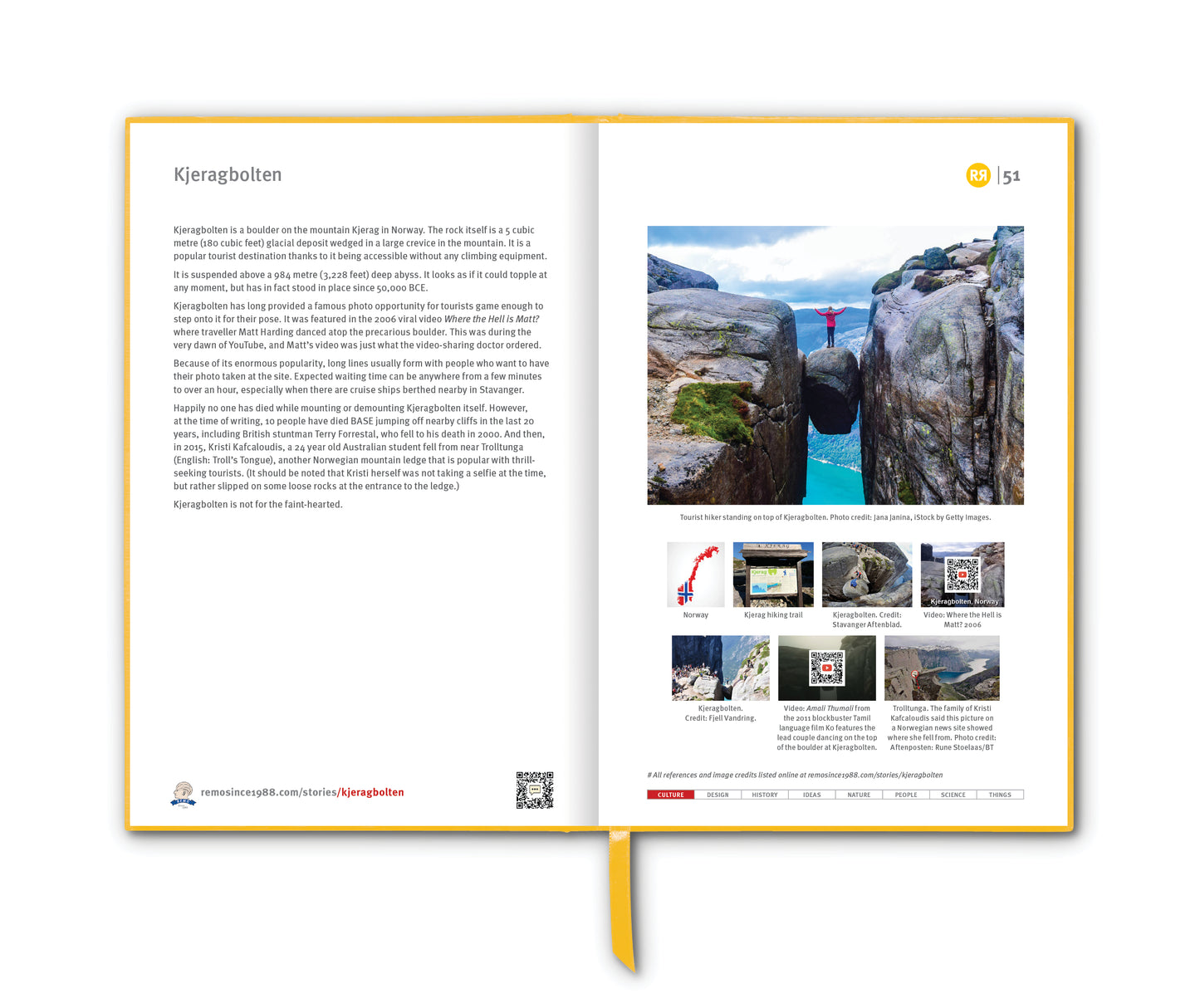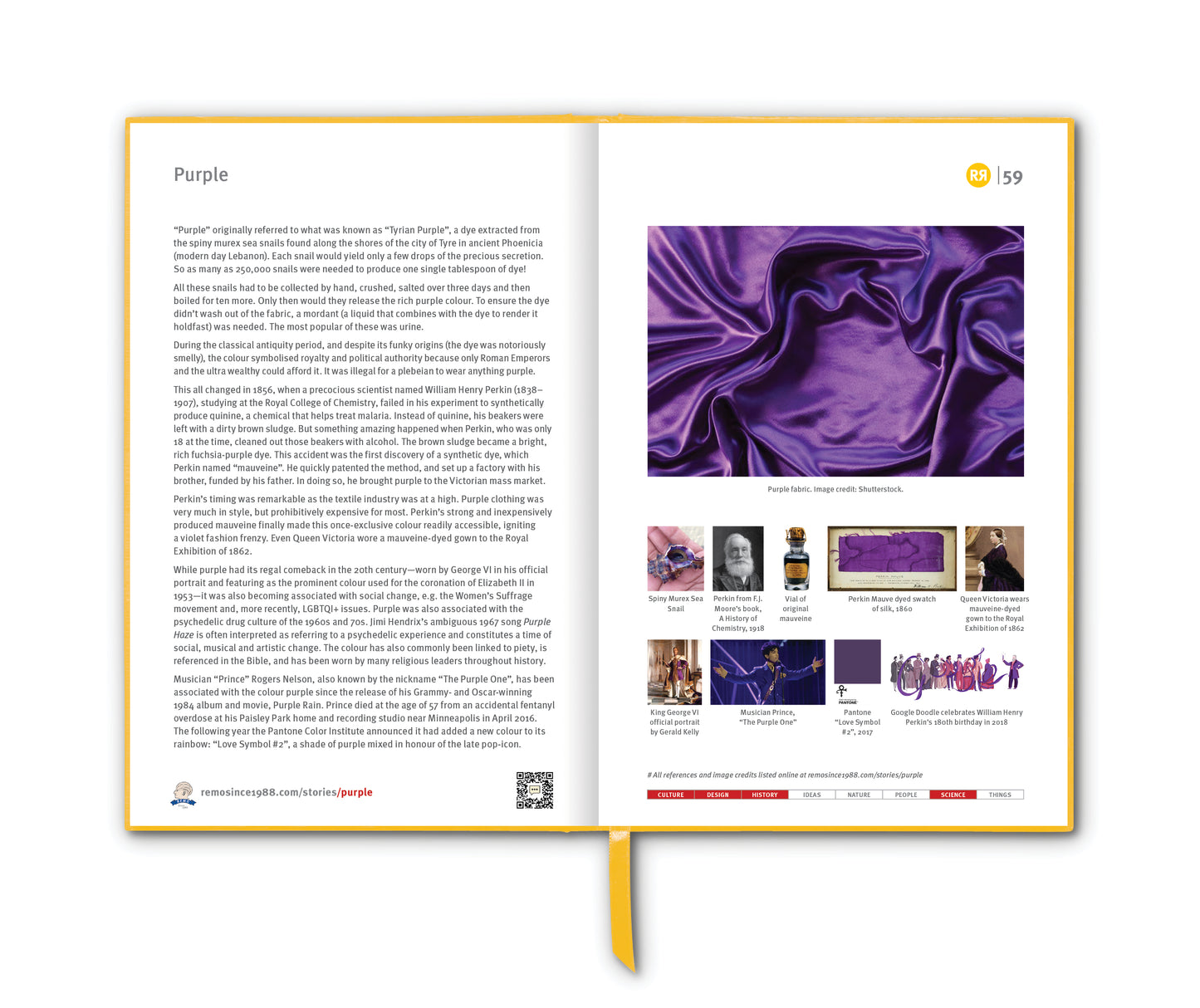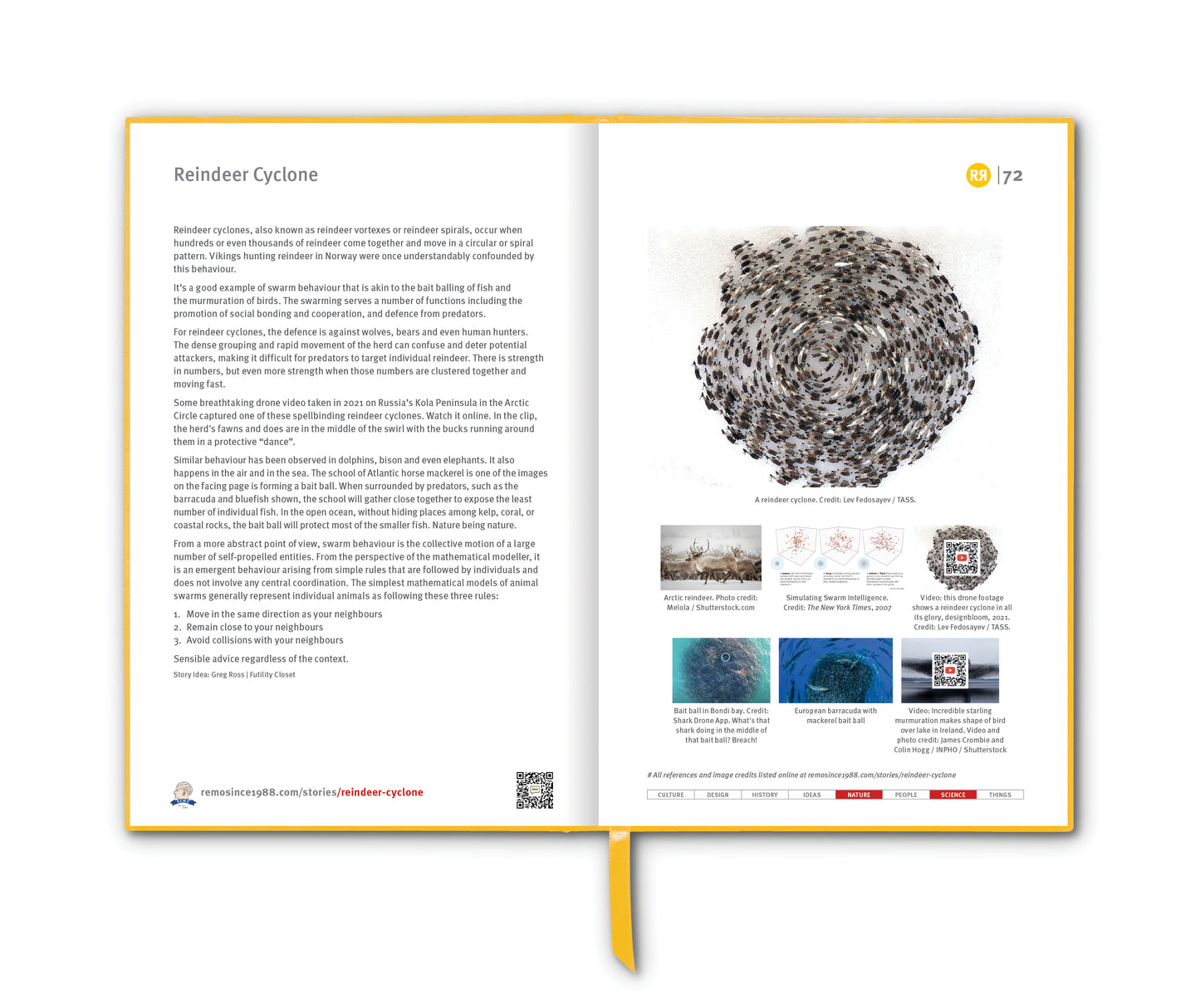Ikigai (生き甲斐, lit. “a reason for being”) is a Japanese concept referring to something that gives a person a sense of purpose, a reason for living. Contrary to what you may think, given the recent focus on the concept by the careerists, it may more generally refer to something that brings pleasure or fulfilment.
The term compounds two Japanese words: 生きる (ikiru, “to live, to exist”) and 甲斐 (kai, “worth, value”) to arrive at 'a reason for living [being alive]; a meaning for [to] life; what [something that] makes life worth living; a raison d'être.
Ikigai can describe having a sense of purpose in life, as well as being motivated. According to a study by Michiko Kumano, feeling ikigai as described in Japanese usually means the feeling of accomplishment and fulfilment that follows when people pursue their passions. Activities that generate the feeling of ikigai are not forced on an individual; they are perceived as being spontaneous and undertaken willingly, and thus are personal and depend on a person's inner self.
National Geographic reporter Dan Buettner suggested ikigai may be one of the reasons for the longevity of the people of Okinawa. According to Buettner, Okinawans have less desire to retire, as people continue to do their favourite job as long as they remain healthy.
“There is no word like it anywhere in the world”, says Héctor Garcia, co-author of the book Ikigai: The Japanese Secret to a Long and Happy Life, which helped push ikigai into the global spotlight. Explaining that having an ikigai is the key to leading a happy life with a healthy body and mind, this book, which has been translated into 63 languages, has sold more than 3 million copies since its release in 2016.
The careerists have codified their version of ikigai by reference to a Venn diagram that intersects the following four fundamental elements: what you love, what you are good at, what the world needs, and what you can be paid for.
Their concept of ikigai emphasises the importance of finding a balance between these four elements, suggesting that true fulfillment and a sense of purpose can be achieved when all four aspects converge.
The source of this now ubiquitous and meme-like diagram to visually represent ikigai was blogger Marc Winn:
“In 2014 I merged a venn diagram on ‘purpose’ with Dan Buettner’s Ikigai concept, in relation to living to be more than 100. The sum total of my effort was that I changed one word on a diagram and shared a ‘new’ meme with the world.”
See him explain himself in a short video HERE.
There are those who argue strongly that Winn’s Venn diagram doesn't accurately depict ikigai, that it is just a Western misinterpretation, and that for most Japanese Ikigai is not related to economic status or financial success, pointing out that many Japanese find their ikigai outside of work, in their hobbies, relationships, and by living their values.
This more prosaic interpretation of ikigai has its own Venn diagram and is more about self-actualisation.
But, for both interpretations Ikigai does encourage individuals to SEEK, to reflect on their passions, strengths, and values, and to seek out opportunities that allow them to live a purposeful and meaningful life. That’s a good thing.
One final but important point to make about goals in relation to ikigai is the achievement of them is not as important as the process and effort that goes into them. For many Japanese, Ikigai has an inextricable link to a concept called “kodawari”, doing things properly with great attention to detail.
Story Idea: Remo Giuffré
_______________________
References
wikipedia.org/wiki/Ikigai
japan.go.jp/kizuna/2022/03/ikigai_japanese_secret_to_a_joyful_life
ikigaitribe.com/ikigai/ikigai-worksheet/
Images
1. Ikigai Diiagram by Marc Winn, 2014
2. Ikigai Book by Héctor Garcia and Francesc Miralles
3. Video: Marc Winn explains his Venn Diagram
4. Japanese Ikigai re Self Actualisation. Credit: ikigaitribe.com/ikigai/ikigai-worksheet/
5. Ikigai RemoGram: Start & Seek, 2017
6. Remo Hosts Jeffersonian Dinner re Ikigai at TED in 2018
